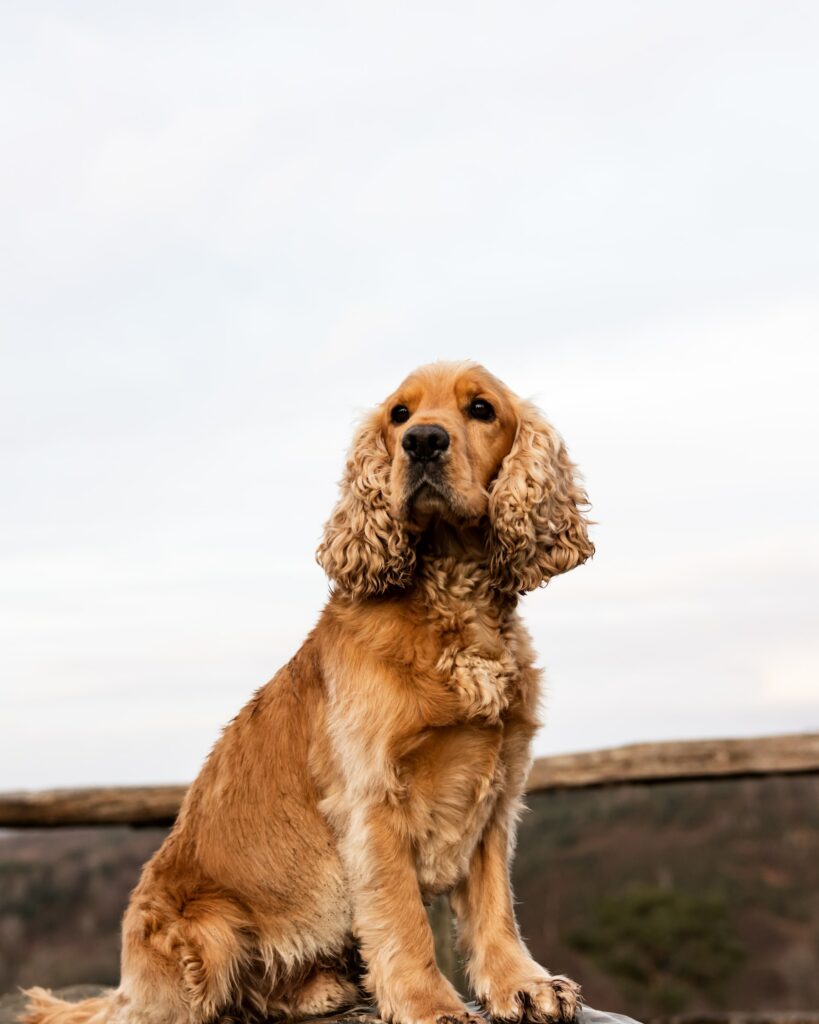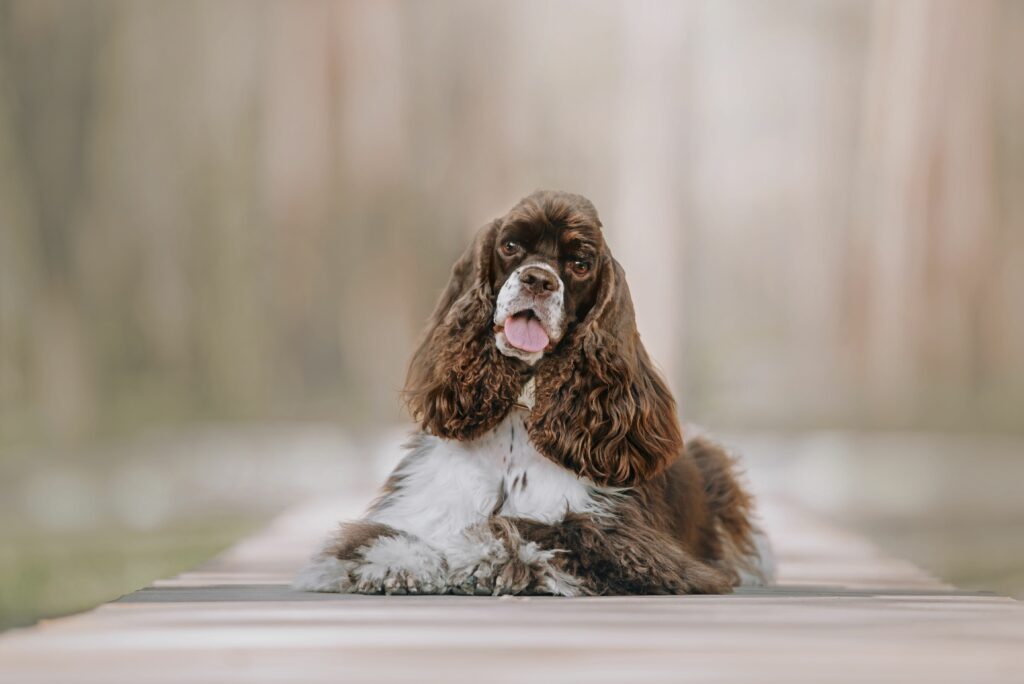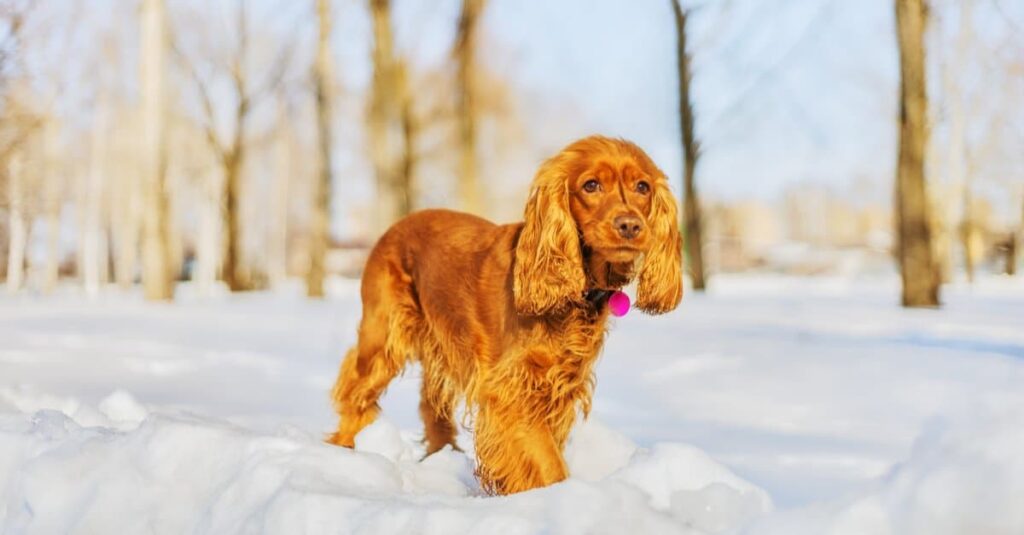The Mastiff dog is a huge dog breed from the United Kingdom. Probably descended from the ancient Alaunt and Pugnaces Britanniae, with a 19th-century contribution from the Alpine Mastiff dog. These canines could be linked to the dogs used in Roman arenas to fight lions, tigers, bears, and gladiators. The Pugnacious Britanniae, which existed during the Roman occupation of Britain, was undoubtedly a factor in the development of the English Mastiff dog.
Grattis, an ancient Roman poet, praised British dogs, comparing them to the ancient Greek Molossus. The Alaunt was most likely a genetic forerunner of the English Mastiff. The Alans, who had relocated to France owing to Hun pressure, developed these dogs, which were introduced by the Normans.
The mastiff dog often called the old English mastiff, has a long history. The dogs were discovered in Britain during the Roman invasion; they could have been transported there by Phoenician traders as early as the 6th century BC. Dogs were used by the Romans as livestock guardians and personal bodyguards. The Mastiff is descended from the Molosser, one of the oldest canine breeds, which originated in Asia’s mountains, maybe in Tibet or northern India.

In those frigid, high passes, they were most likely employed to protect flocks from predators. Their ancestors can be found in several modern breeds, including the Tibetan Mastiff, Saint Bernard, Rottweiler, Dogue de Bordeaux, and others.
Hannibal used well-trained military mastiffs to cross the Alps. The battle dogs crossed with indigenous dogs on their journey, and their offspring created the foundation for breeds like Saint Bernard and Rottweiler. The massive canines guarded estates and patrolled the grounds at night in England, where the modern Mastiff was evolved. Lyme Hall was known for its Mastiffs, which were raised from the 15th century to the early twentieth century and helped save the breed from extinction.
They were on the verge of extinction during World Wars I and II due to a lack of food, but a pair of Mastiff puppies imported from Canada after WWII helped bring them back from the brink. Mastiffs are thought to have arrived in the United States during colonial times, but the first Mastiff club did not form until 1879. In 1885, the American Kennel Club recognized the breed, and Bayard, a Mastiff, was the first of his breed to be registered. The Mastiff Club of America was established in 1929.
Body Characteristics of Mastiff Dog Breed
Mastiff dog is the largest dog breed in terms of mass, with a hefty body, broad cranium, and often square head.
- The mastiff dog is a large, strong, and muscular dog.
- With a short muzzle and hanging jowls, and a black mask around the eyes and nose, the head is heavy and square.
- The eyes are dark hazel or brown in color and are tiny.
- Dark in hue, the tiny ears drop downward.
- The dog’s tail starts high on the rump, tapers to the tip, and ends at the hocks.
- The mastiff has a short, straight coat with a gritty texture.
- Apricot-fawn, silver-fawn, fawn, or dark fawn-brindle are the most common English
- Mastiff colors, with black on the snout, ears, nose, and eyes.

Males are 30 inches at the shoulder while ladies are 27.5 inches at the shoulder. The average male can weigh 150–250 pounds (68–113 kg), while the average female can weigh 120–200 pounds (54–91 kg), with particularly huge individuals weighing 300 pounds (140 kg) or more.
Behavior of Mastiff Dog Breed
The mastiff dog is a dignified but kind creature. His calm nature makes him an excellent playmate for older children, and he is caring and attentive toward his family. However, due to its large size, the breed is not recommended for toddlers.
When visitors come to the house, the mastiff’s guard dog roots are likely to show. Strangers make the dog wary, and he is protective of his family and perceived territory. Despite this, the mastiff only barks occasionally.
Mastiff Dog Breed Training
Mastiff dog require training so that, despite their size, they may be easily managed. Mastiffs are not suitable for inexperienced or fearful owners. Positive reinforcement works best for them, especially if it includes lots of hugs and praise. Socializing your Mastiff with other animals will aid in his or her happiness and wellbeing.
Mastiffs may develop hostility toward other animals if they are not properly educated and socialized, and their size and power make them hazardous if they do not know how to engage with them. They should not sleep or dwell in the yard, but rather in the house. When a Mastiff is separated from his or her family, he or she will pine or become destructive.
Mastiff Dog Breed Take-Caring
Mastiff dog can get bored and destructive if they don’t get enough exercise and excitement. Their physical activity requirements are moderate. A couple of 20- to 30-minute walks per day will suffice for an adult Mastiff. They’re not suitable jogging companions due to their enormous size. They readily overheat, and the tension of jogging might harm their joints. Mornings and evenings are the finest times to go for a walk. Bring water with you during the day in case it gets hot.
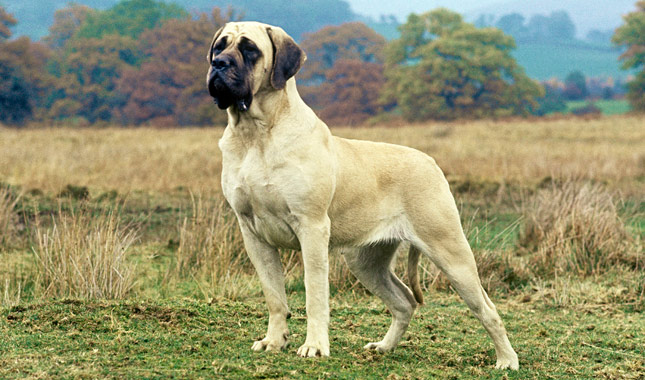
Mastiffs have a low-maintenance coat, but they shed a lot. Grooming is simple and quick. A weekly brushing and a quick clean with a towel or chamois cloth are all that’s required of the short coat.
Mastiff Dog Breed Health
Hip dysplasia and stomach torsion are two common disorders. Obesity, osteosarcoma, and cystinuria are among the other issues. Cardiomyopathy, allergies, vaginal hyperplasia, cruciate ligament rupture, hypothyroidism, OCD, entropion, progressive retinal atrophy (PRA), and persistent pupillary membranes are also problems with mastiff dogs. The Mastiff dog has a typical lifespan of 10–11 years.
RECOMMENDED ARTICLES
- Leonberger Dog – Characteristics, Behaviour And Health
- Bullmastiff Price: The Luxury Investment Worth Every Penny
- Mastiff Dog Breed – 8 Exclusive Body Characteristics, Behaviour and Health
- The Complete Guide to Mastiff Dog Price: How Much Does Owning a Majestic Mastiff Cost
- Komondor Dog- Characteristics, Behaviour, Caring, And Health
- 11 Comprehensive Causes of Dog Fever, Symptoms, Diagnosis, And Treatment
- 22 Basic Causes of Dog Vomiting, Symptoms, And Treatment


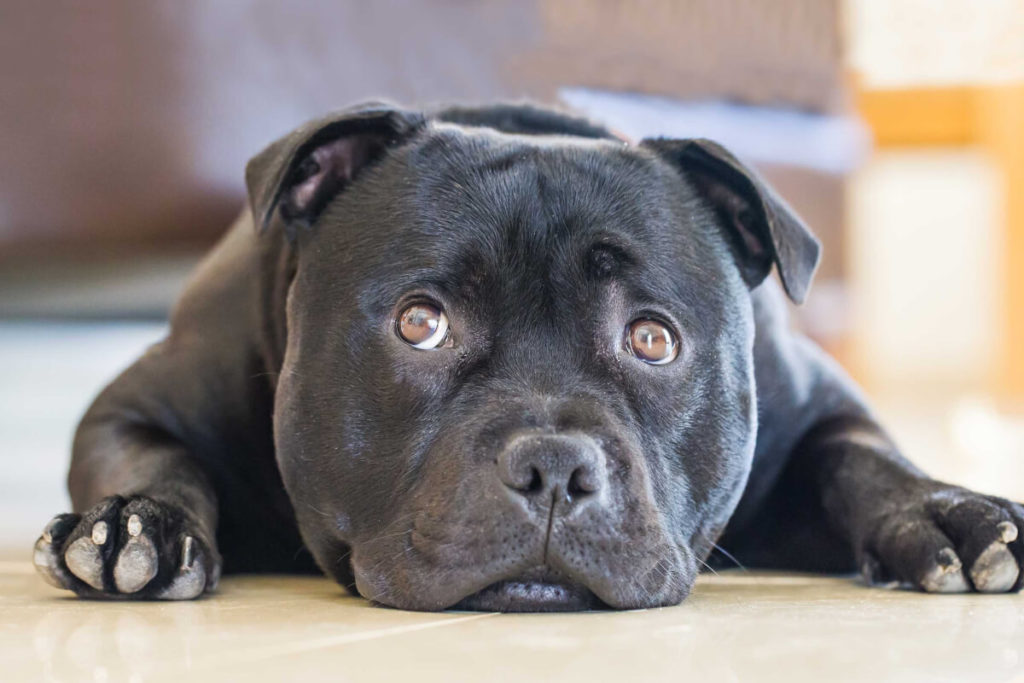
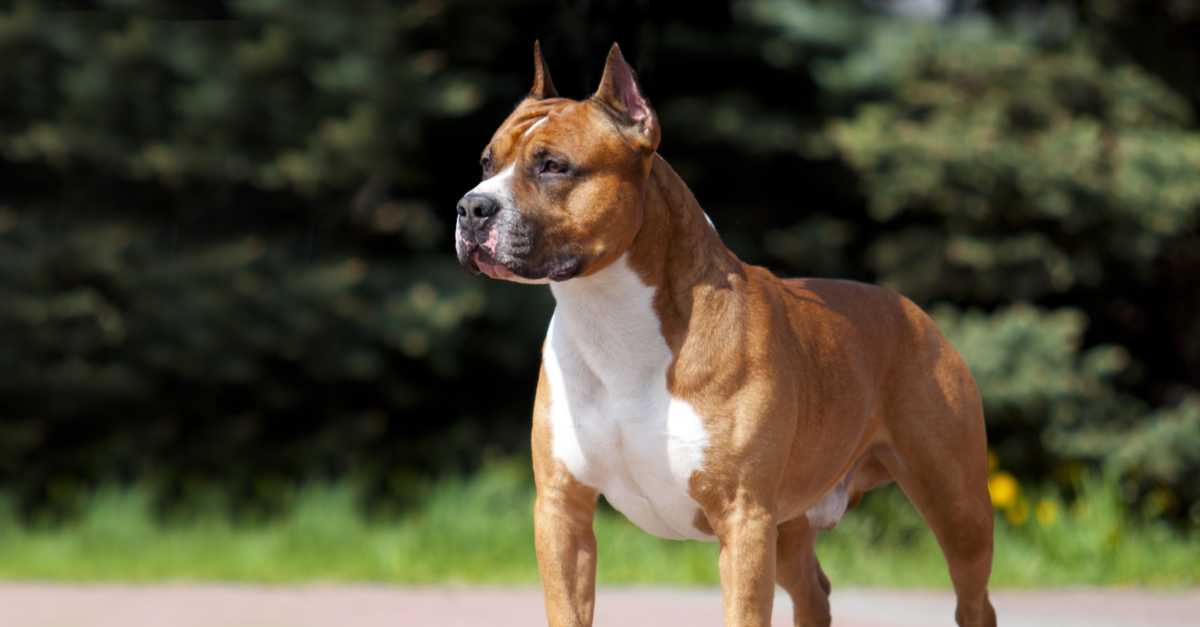
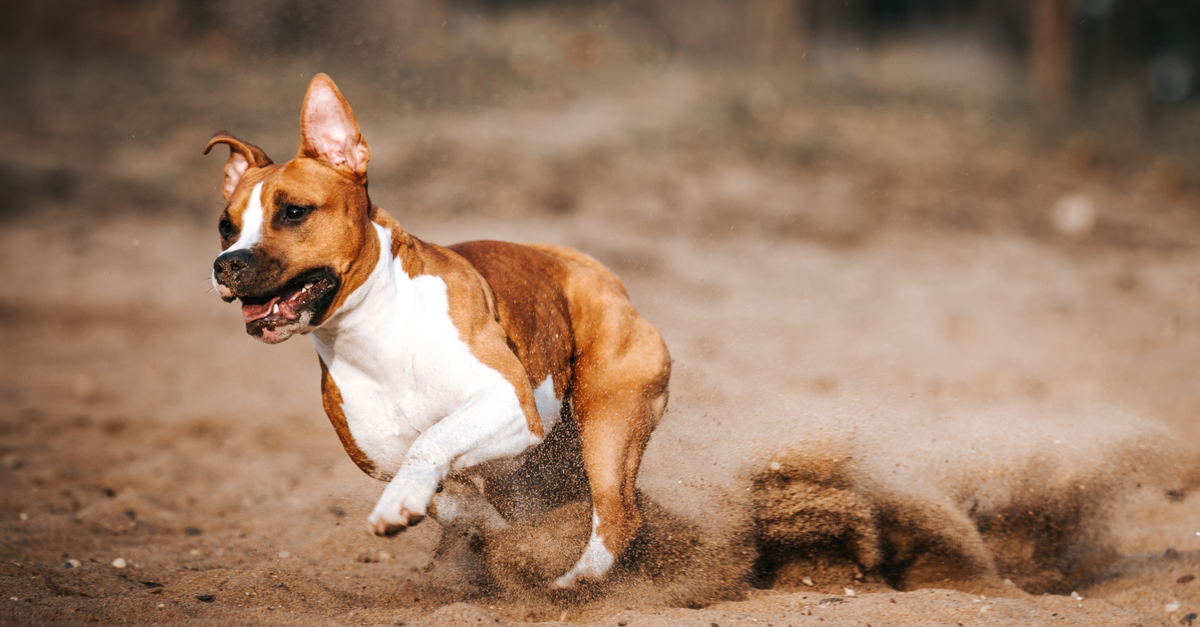
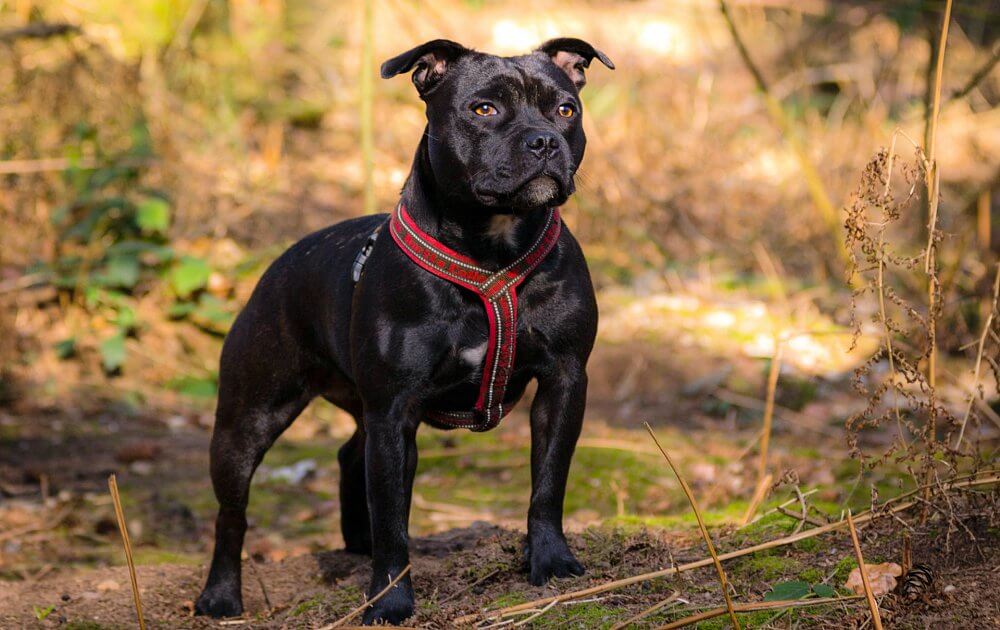
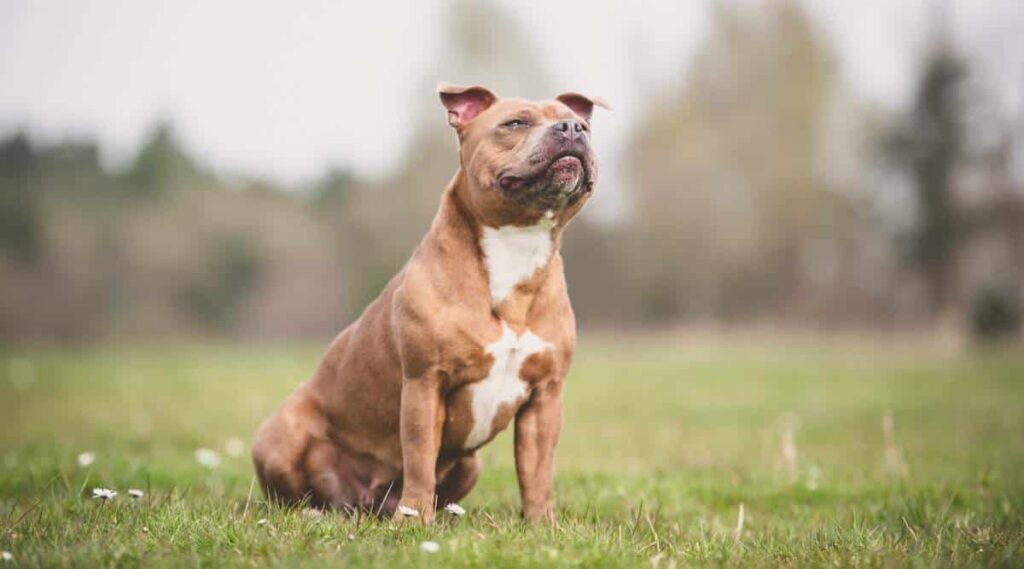
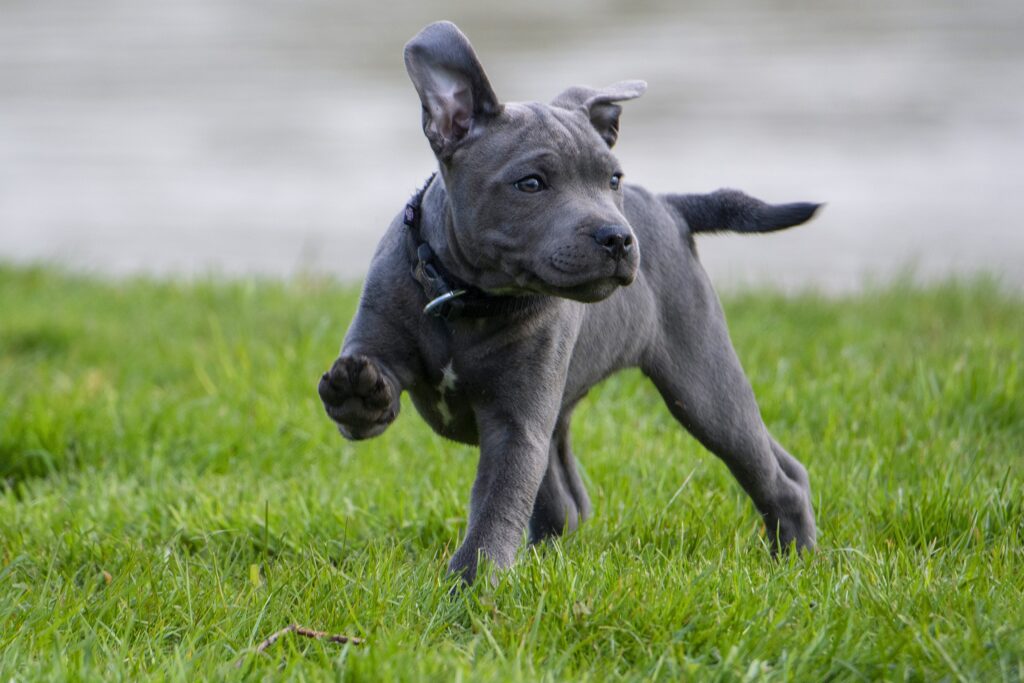
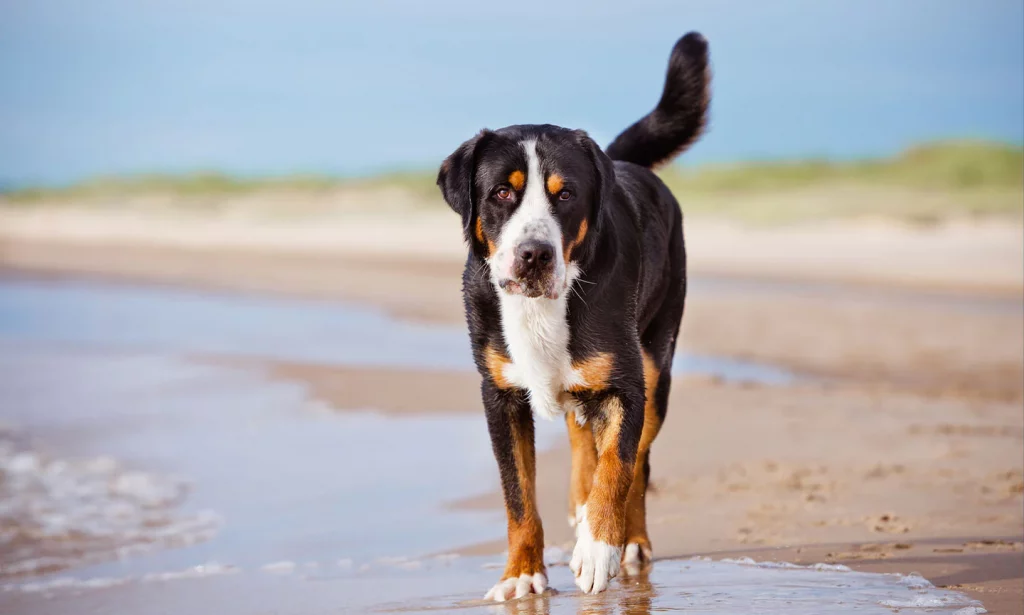
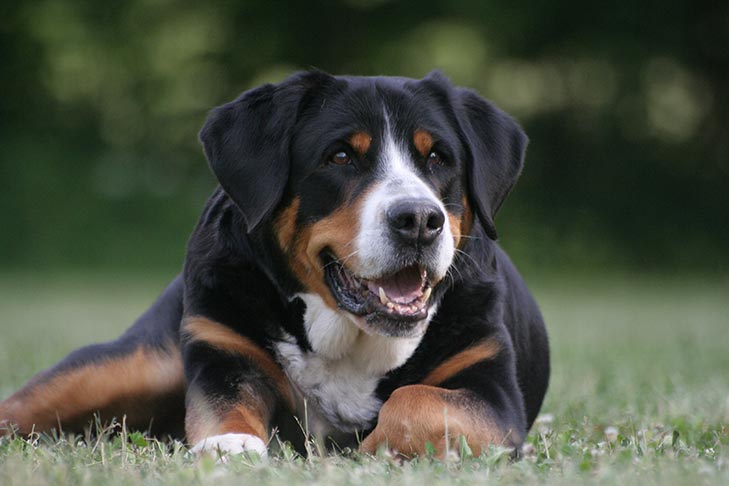
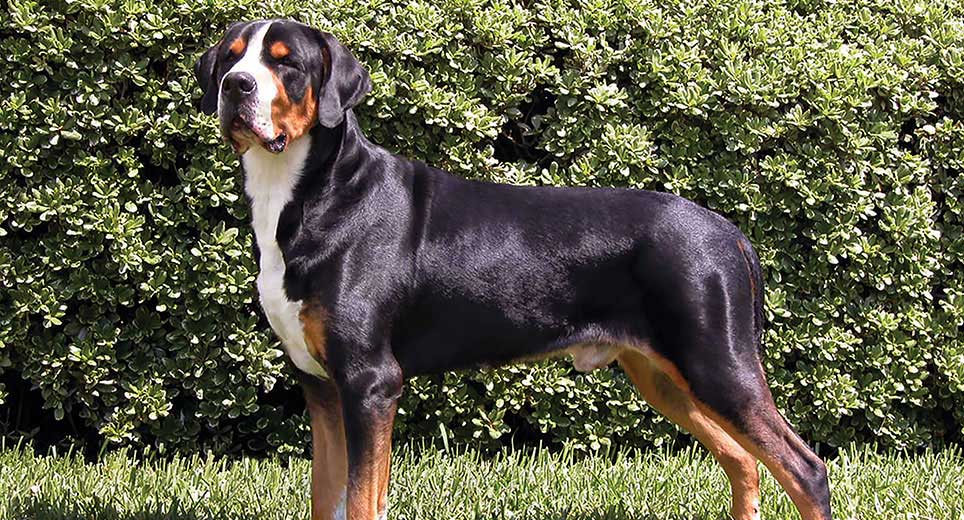
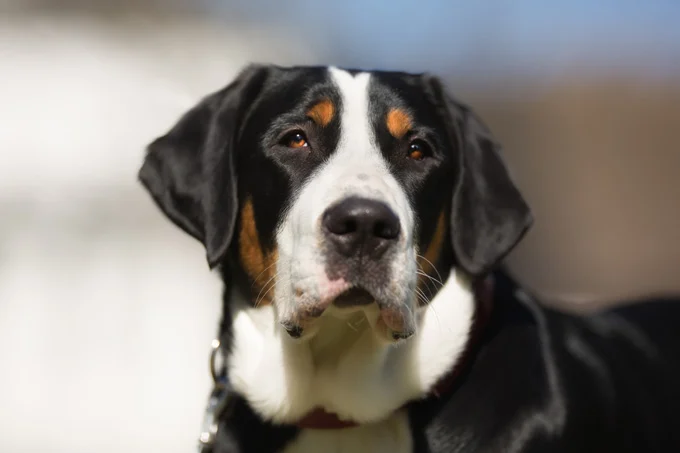
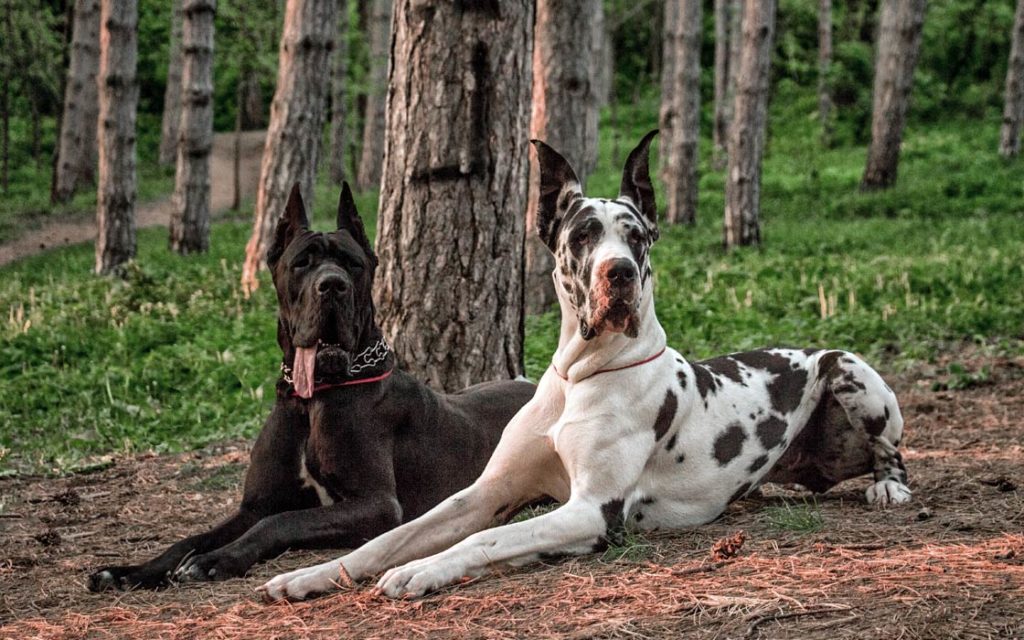
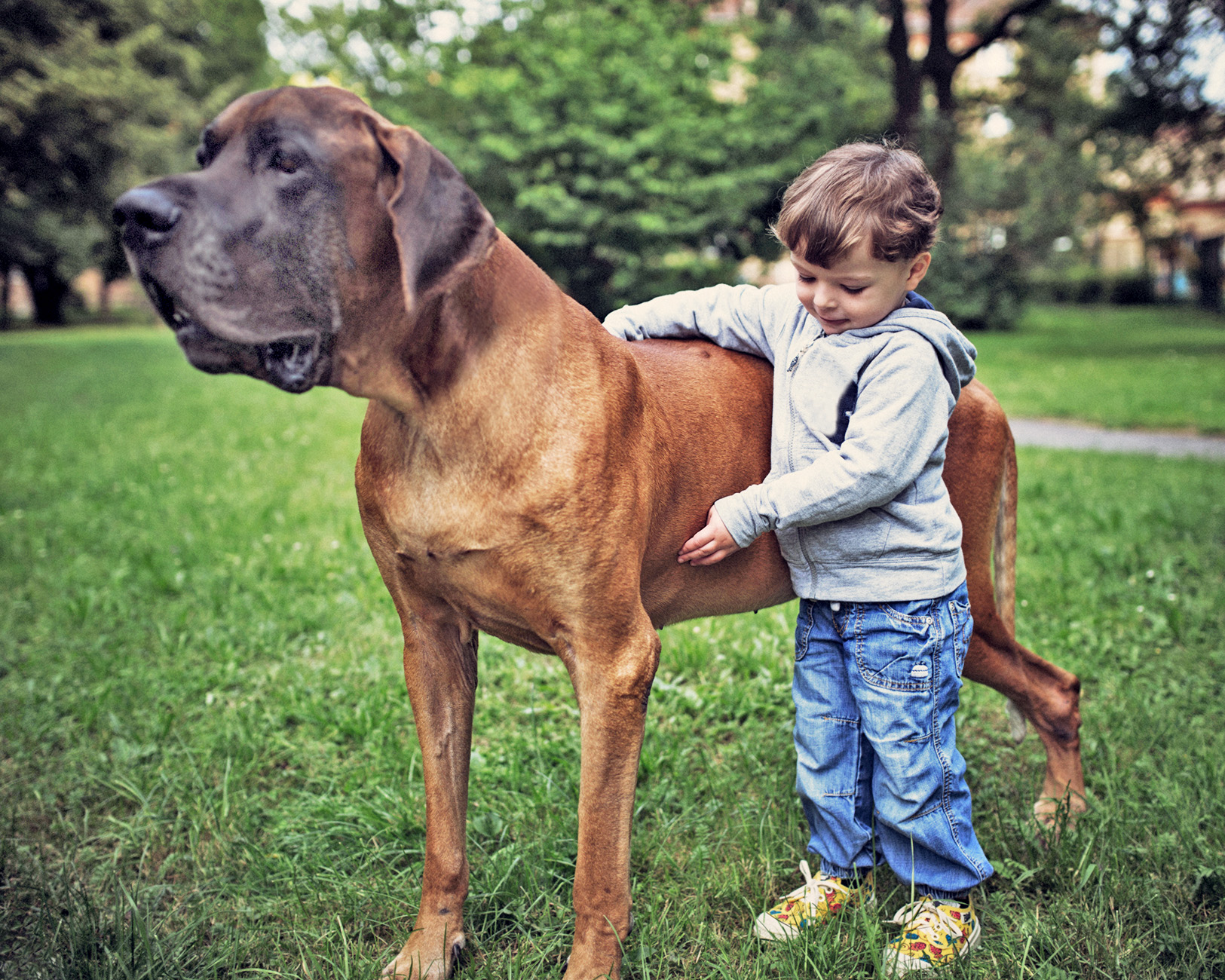
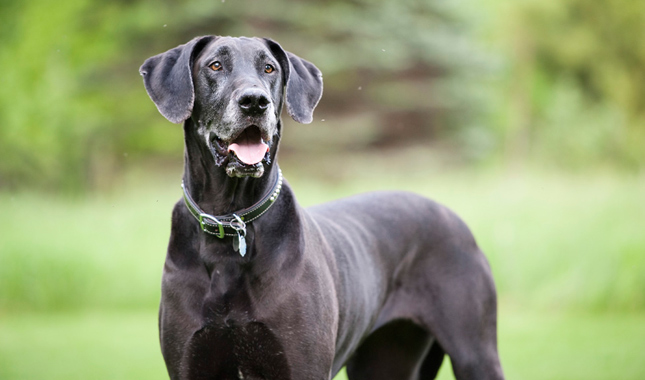
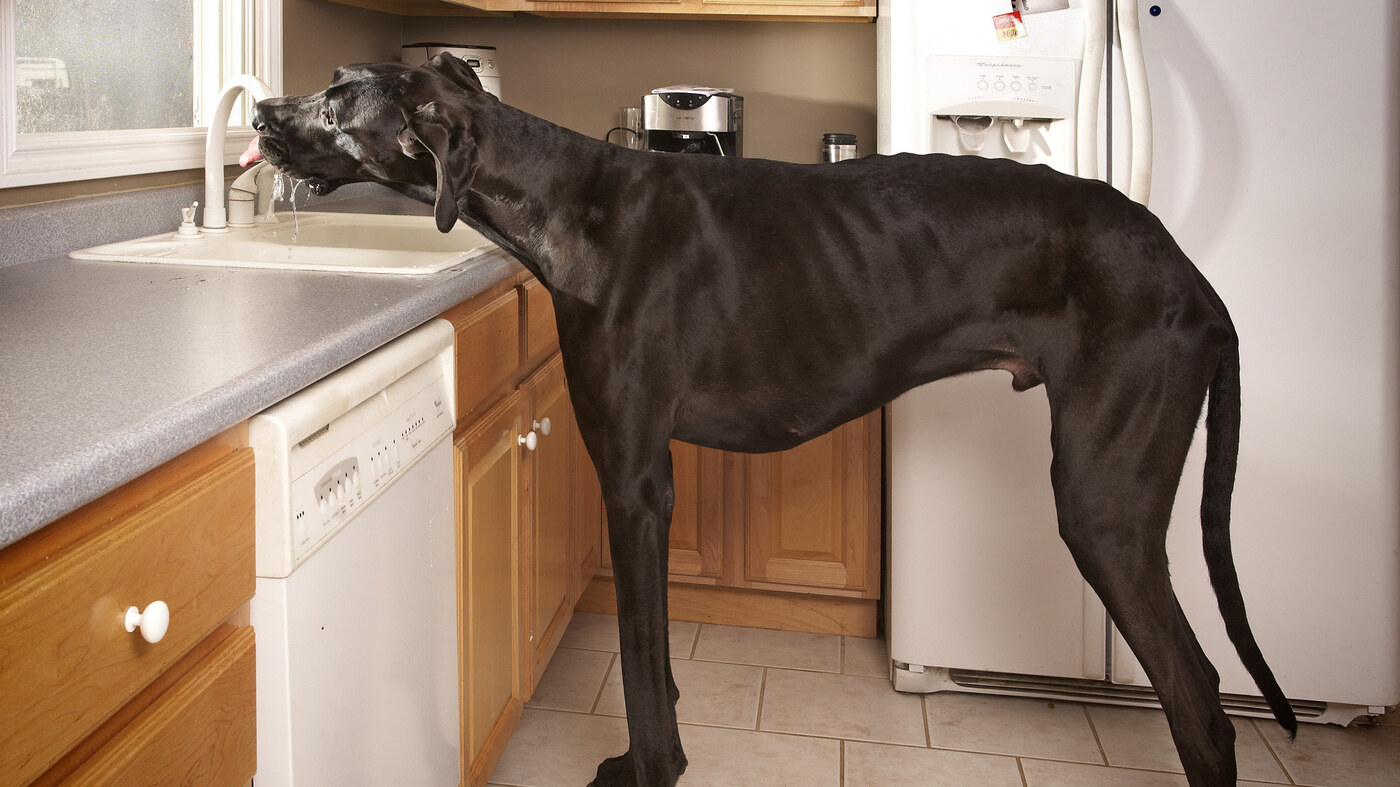
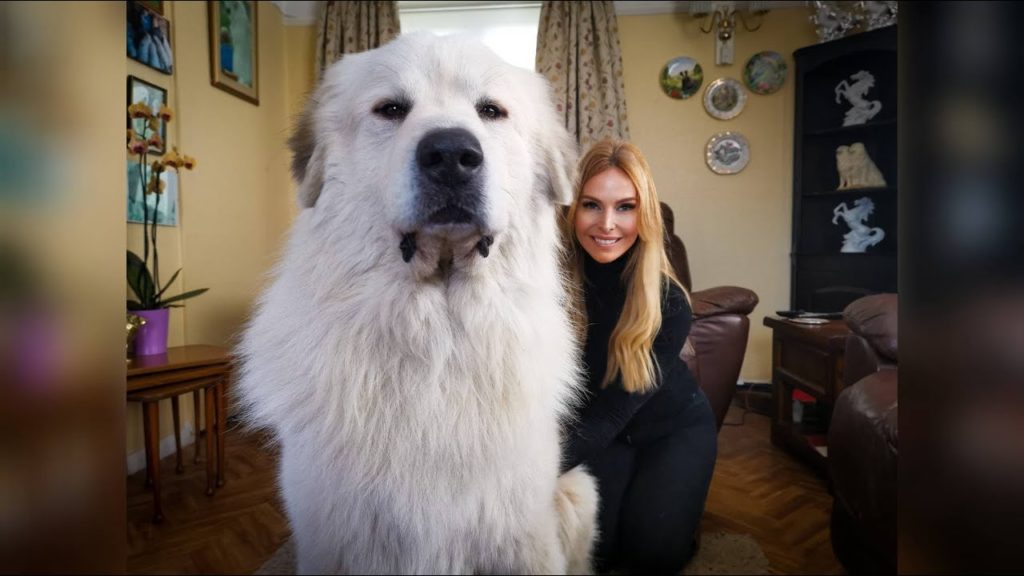
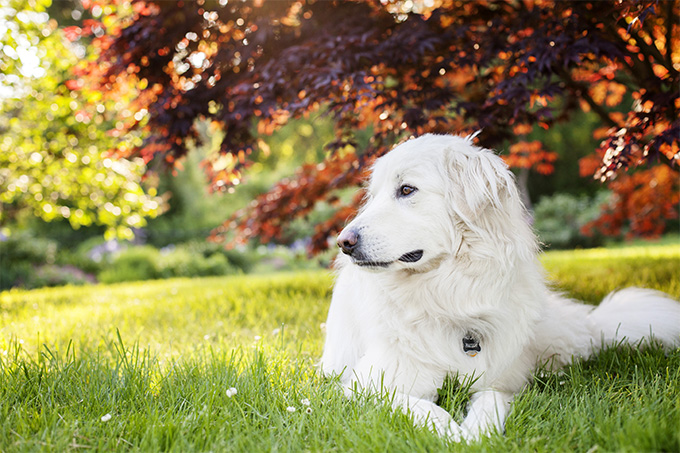
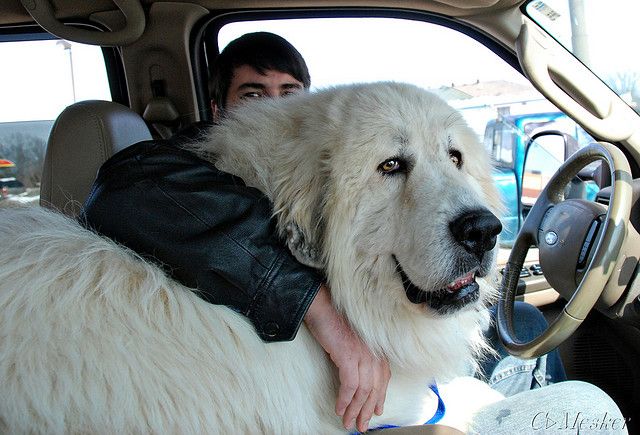
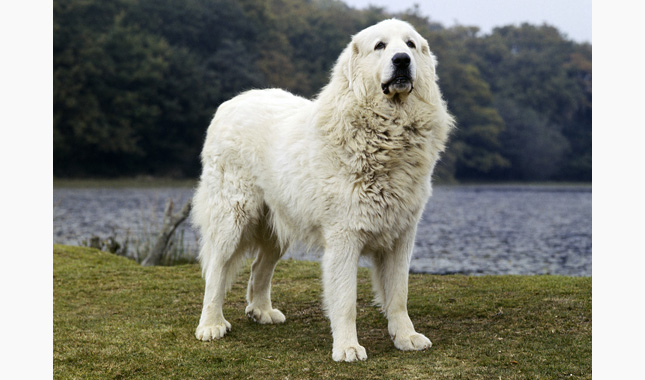
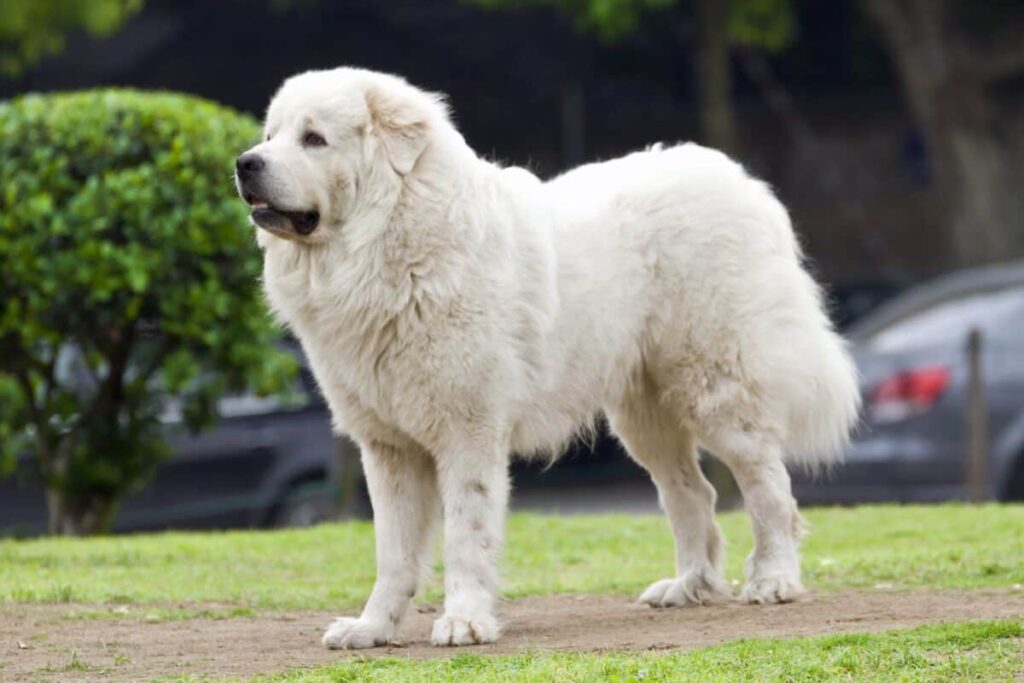
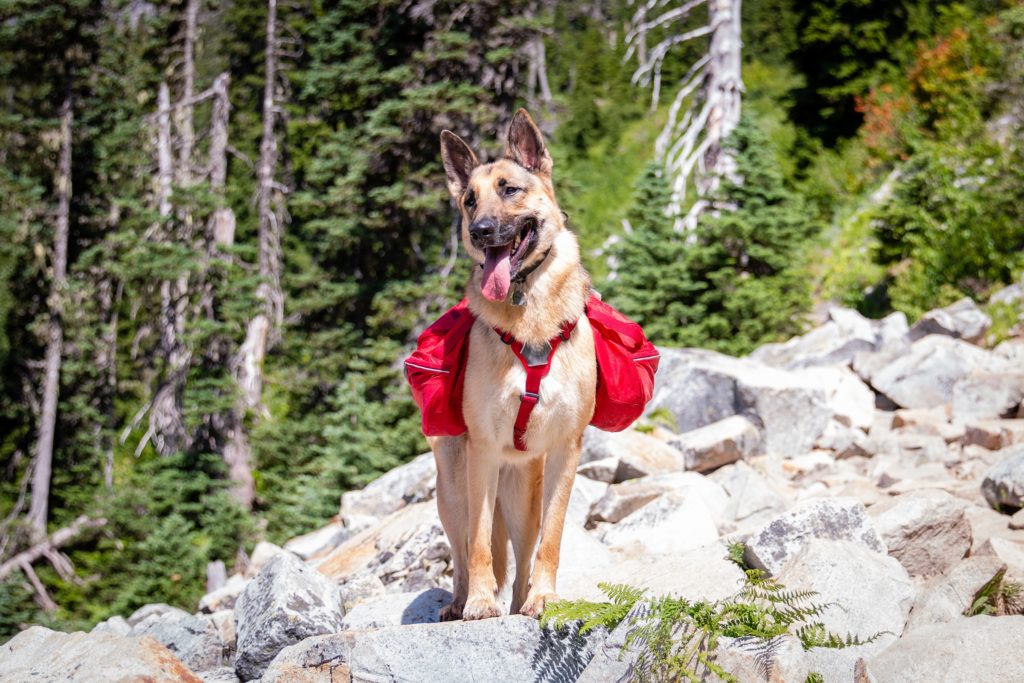
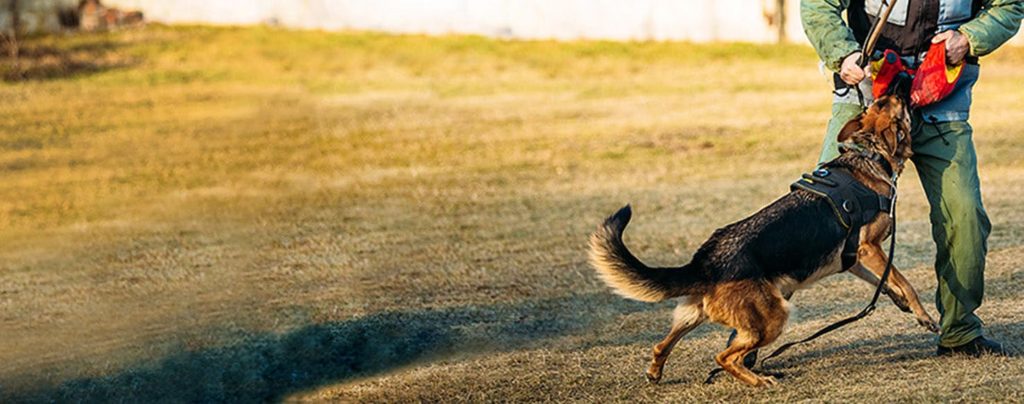
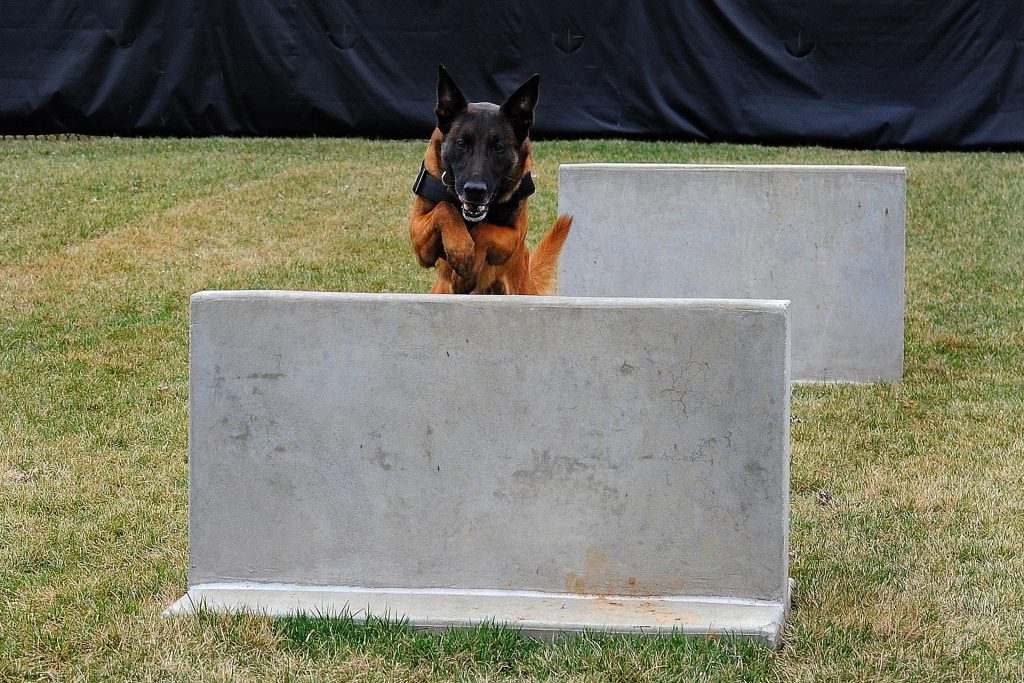
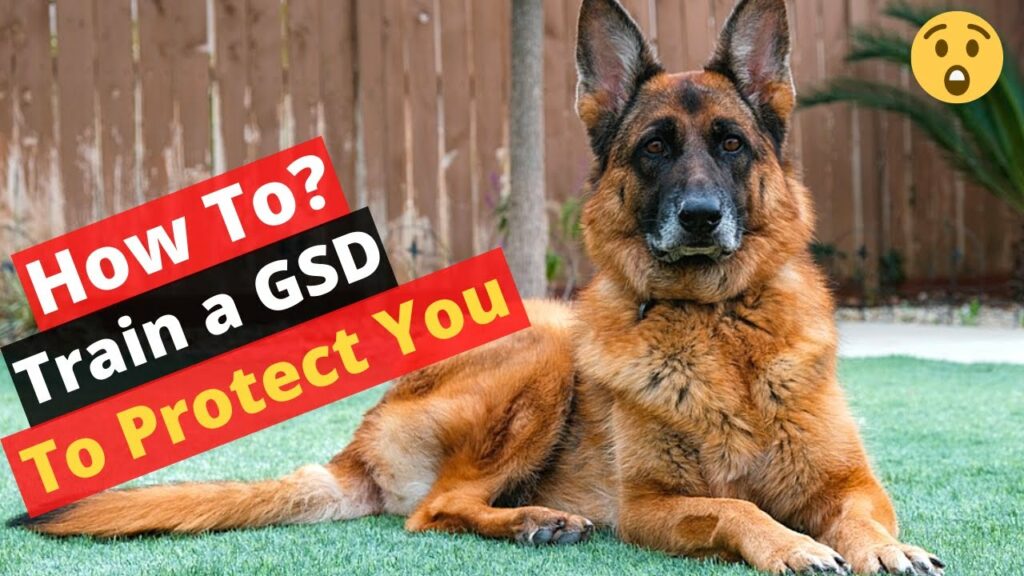
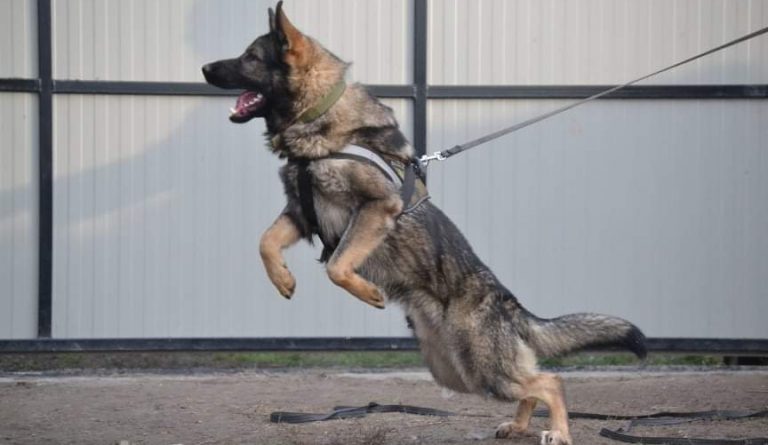
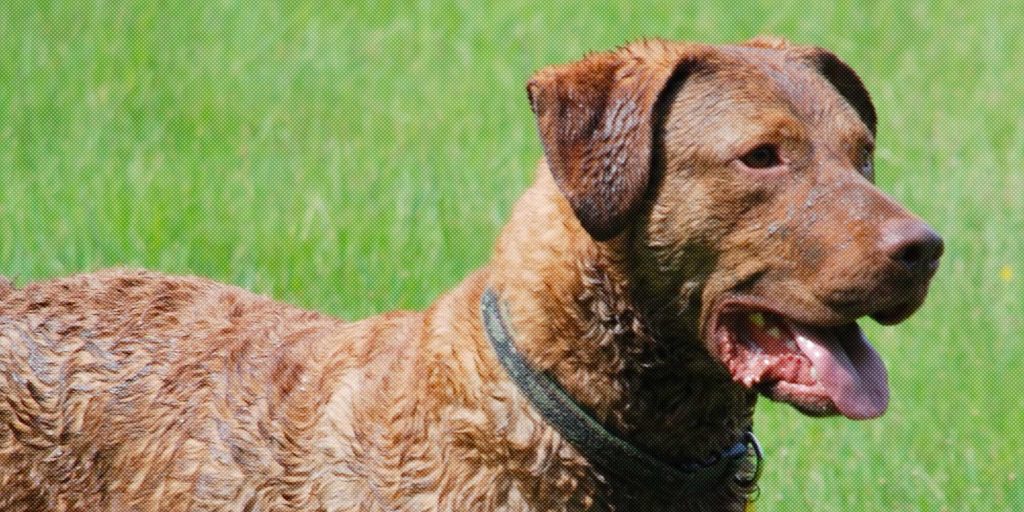
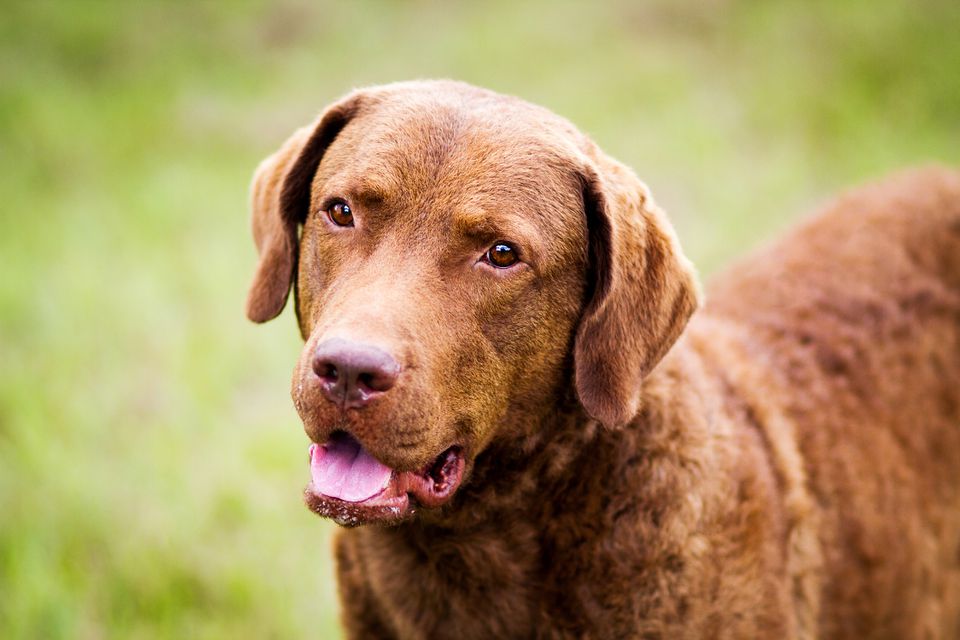
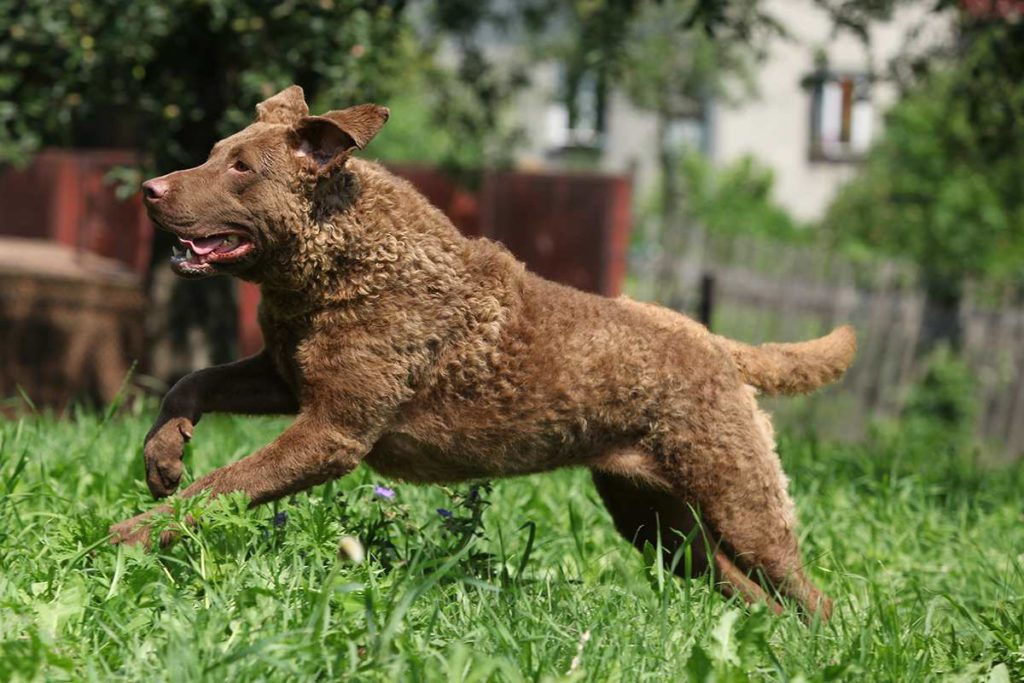
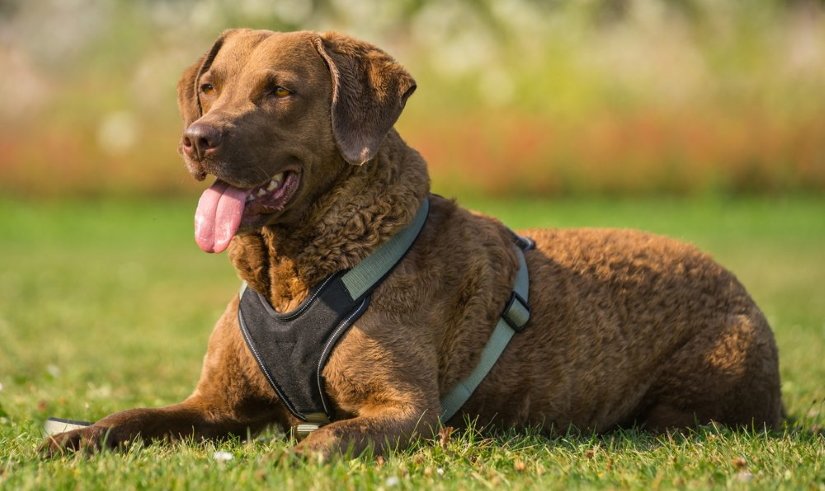
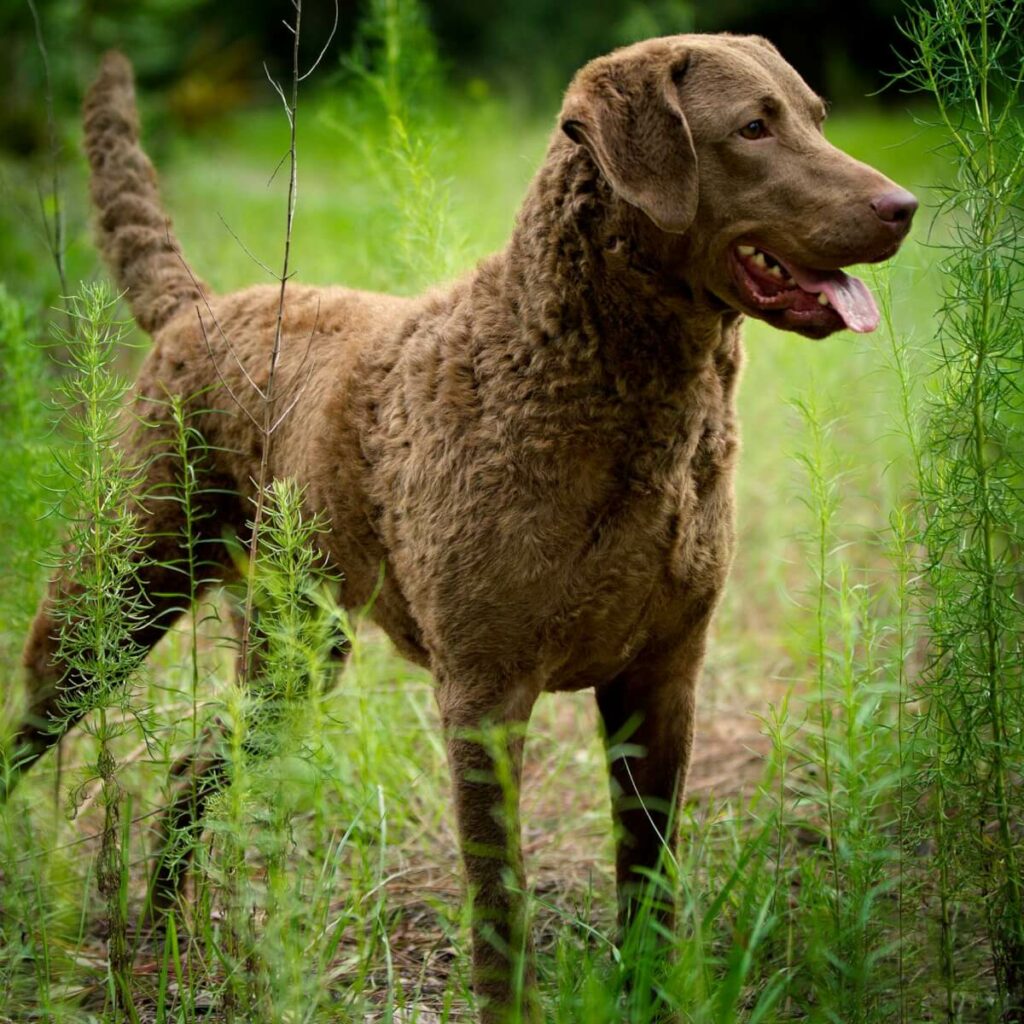
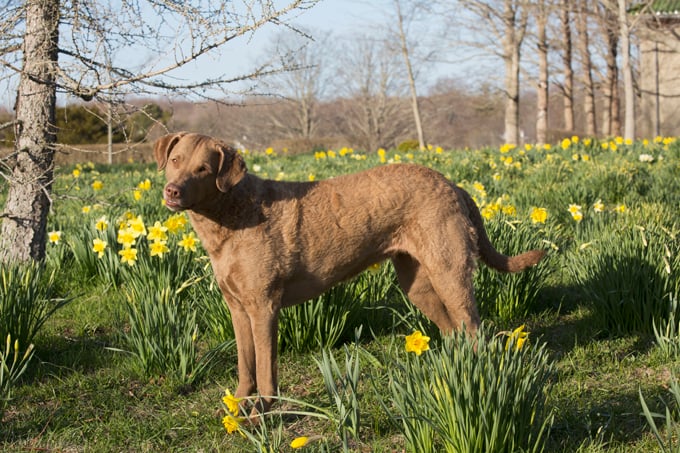
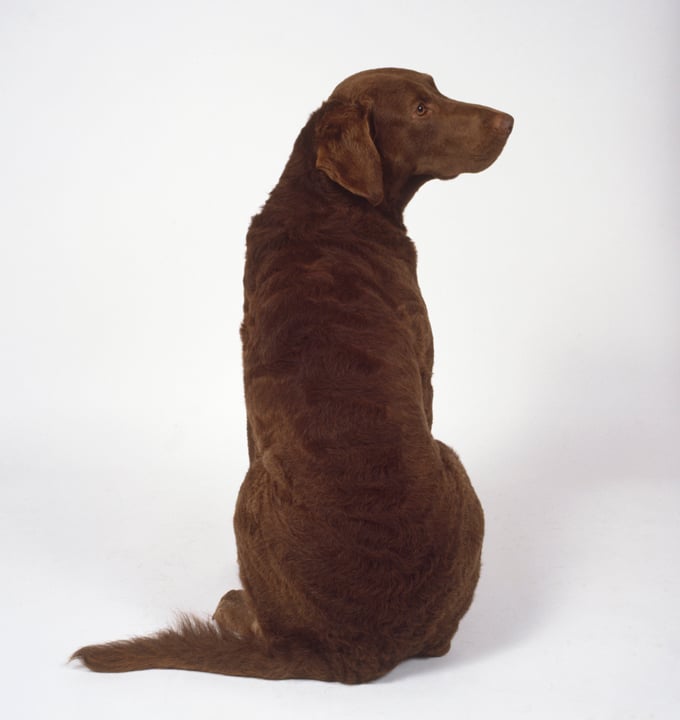
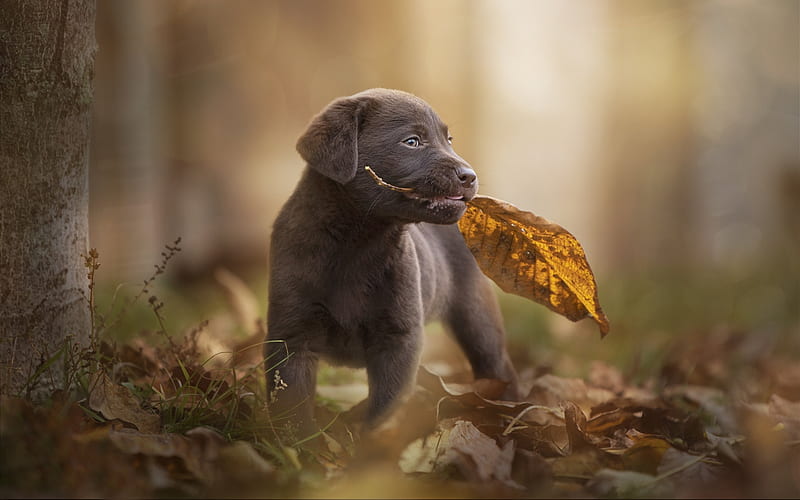
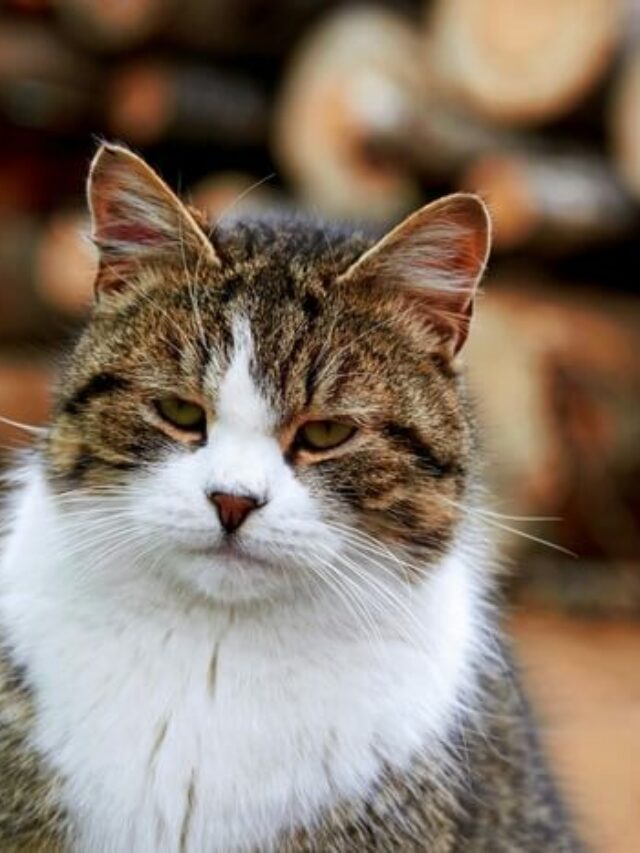
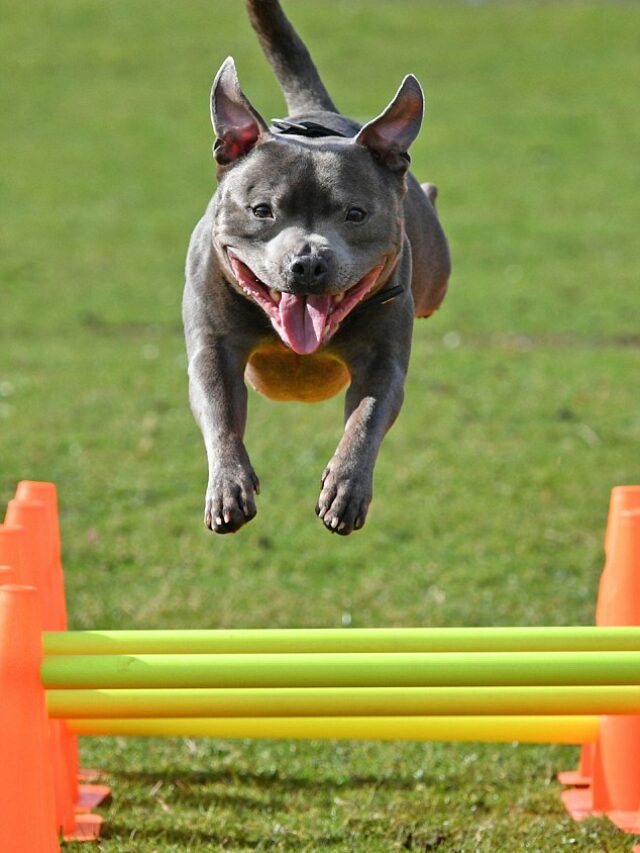
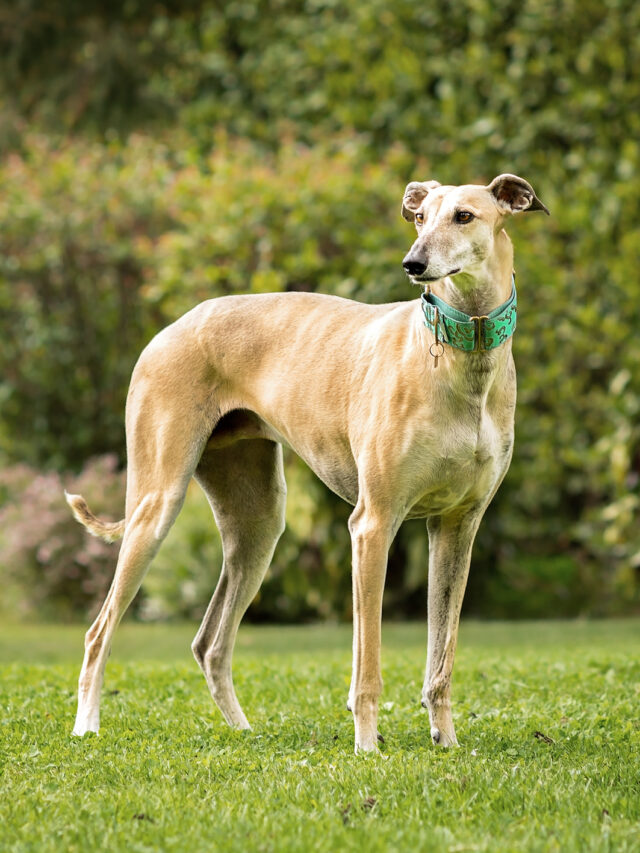
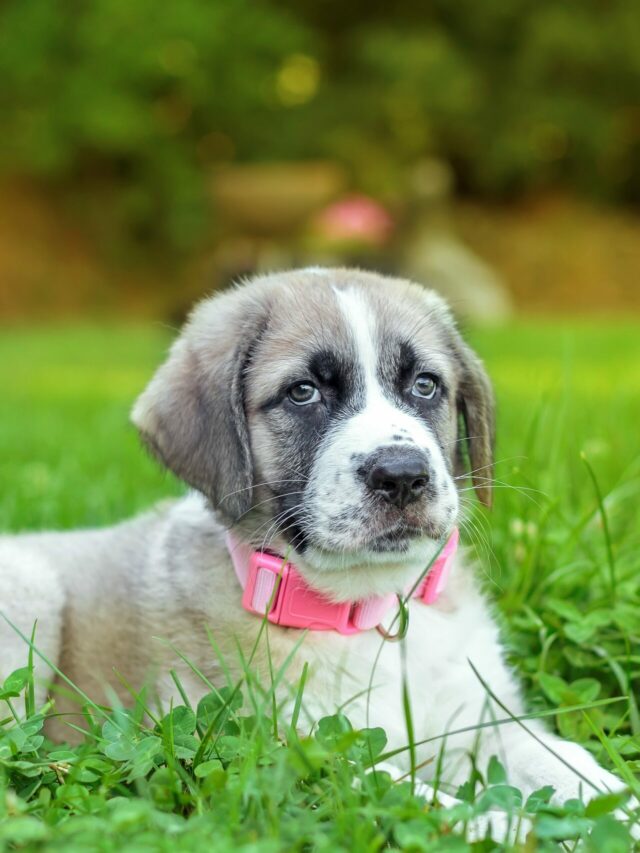
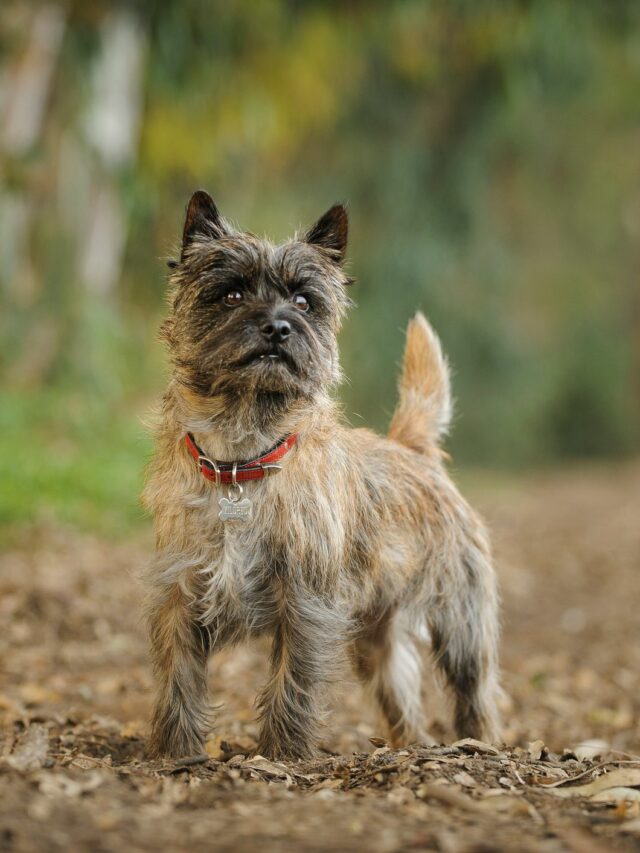
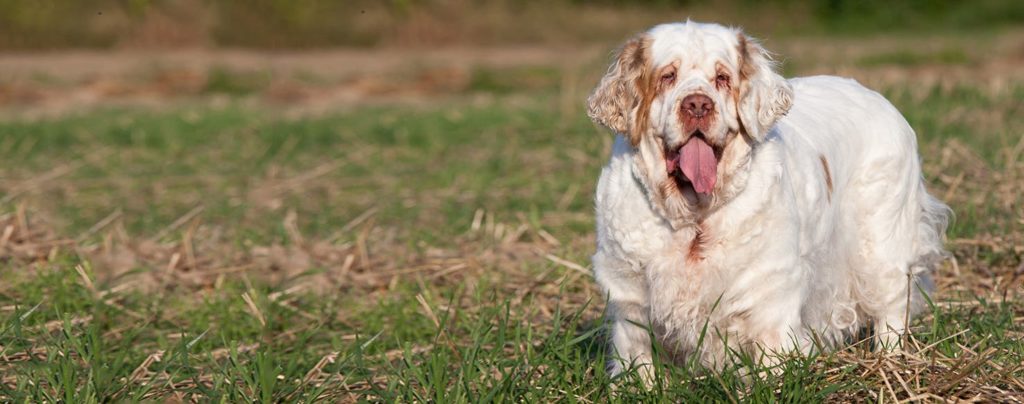
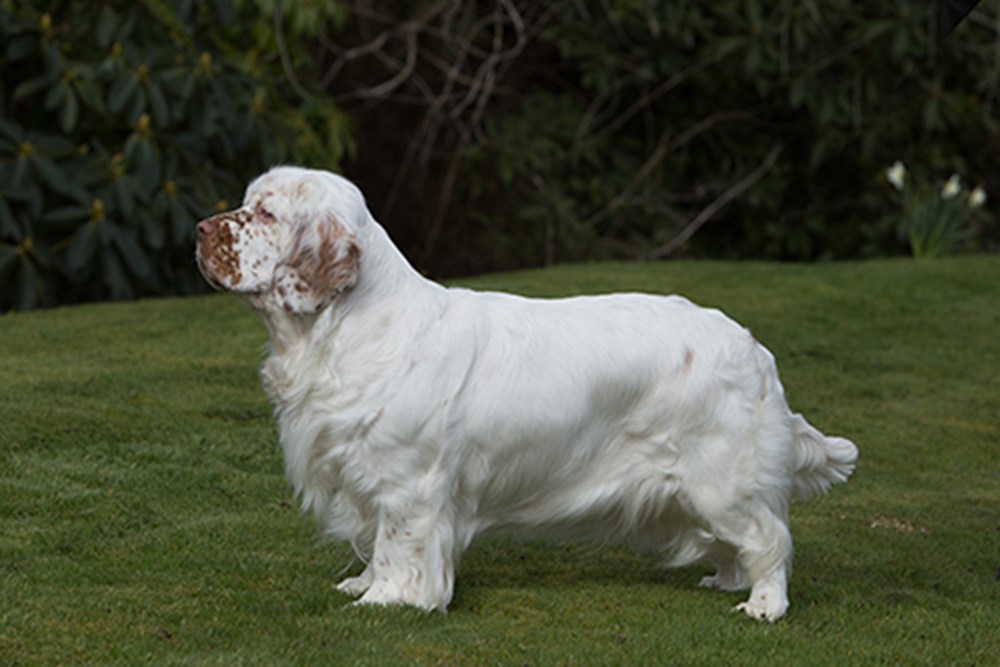
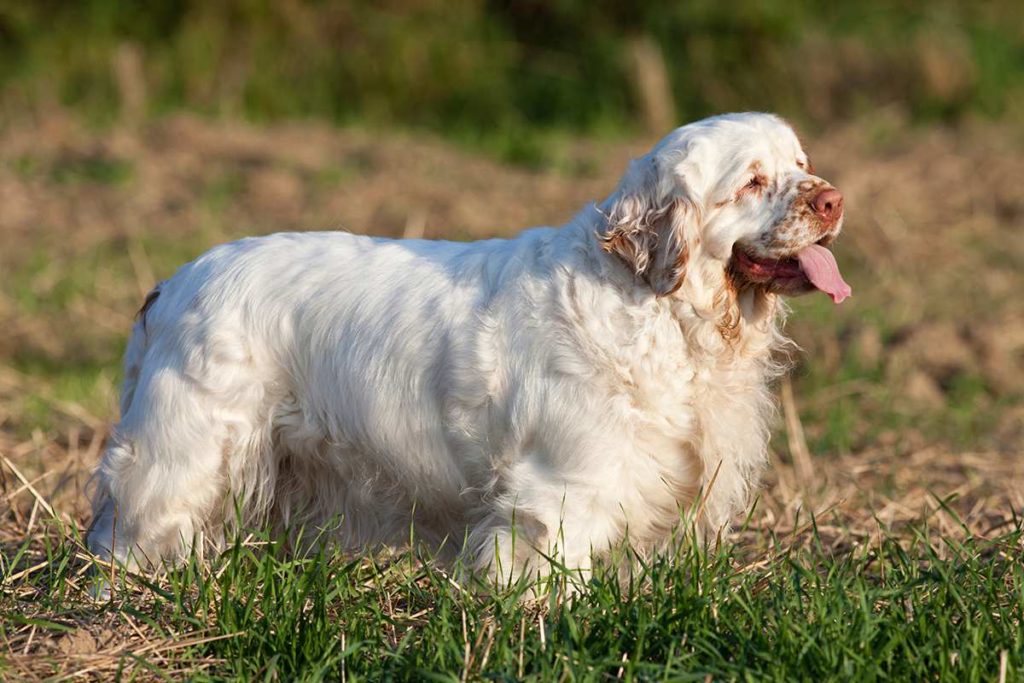
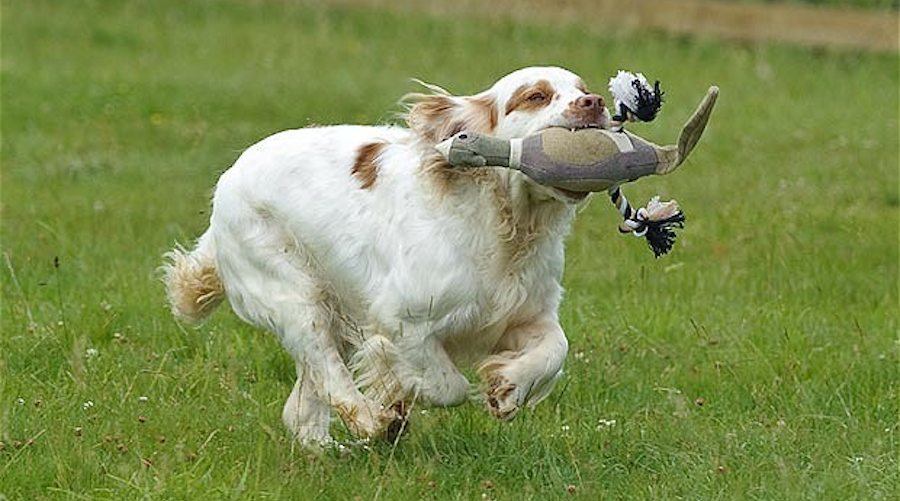
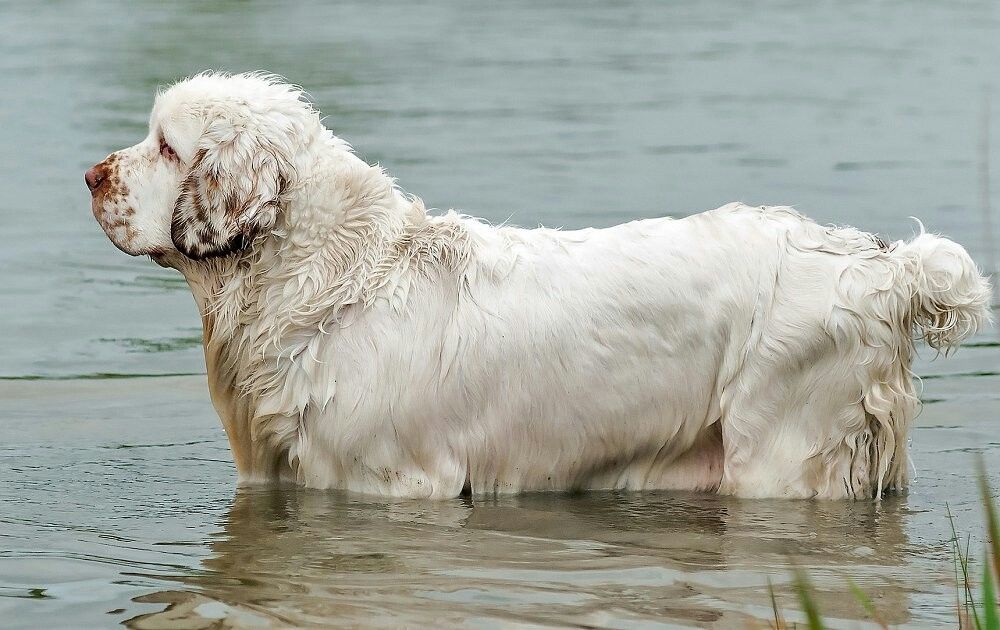
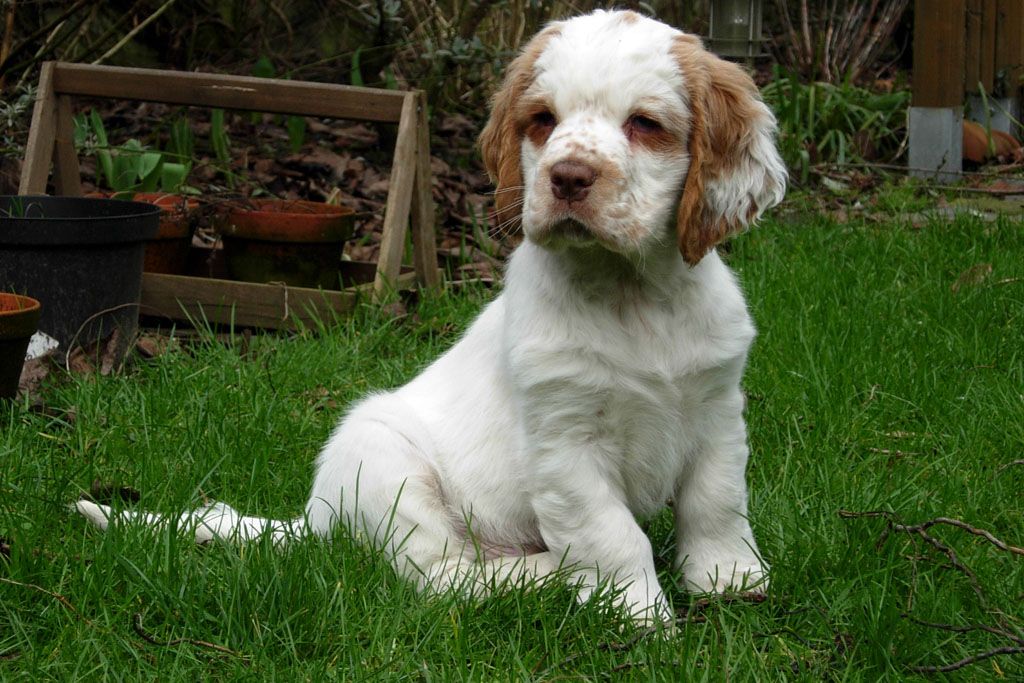
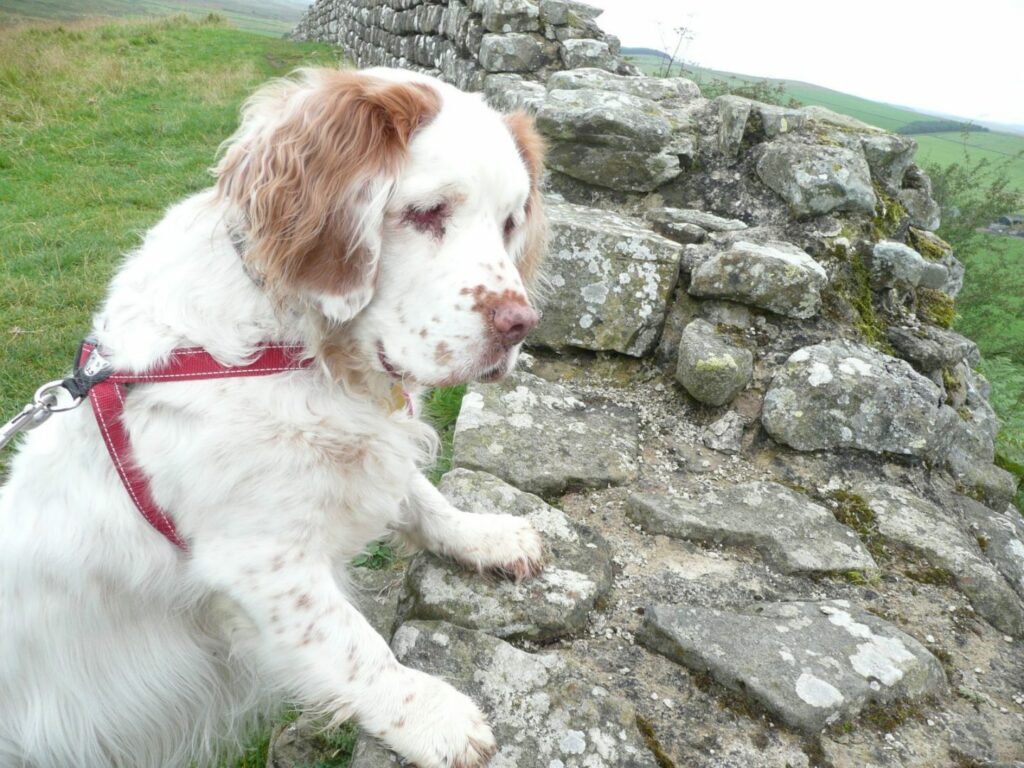
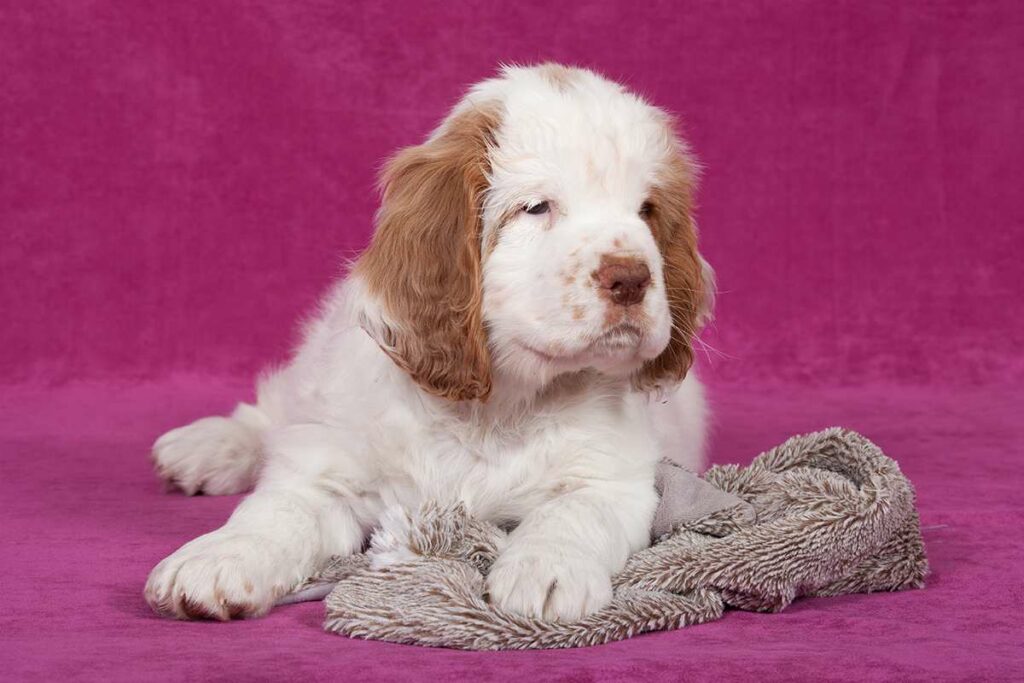
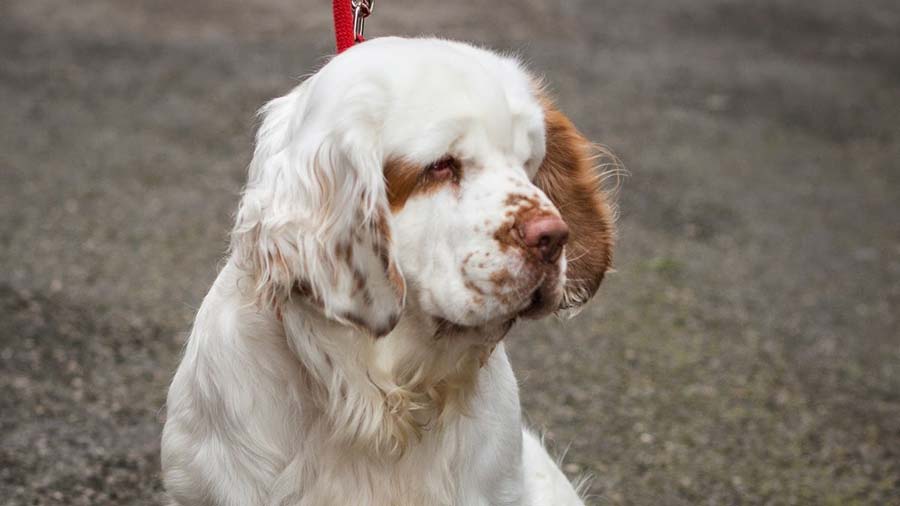
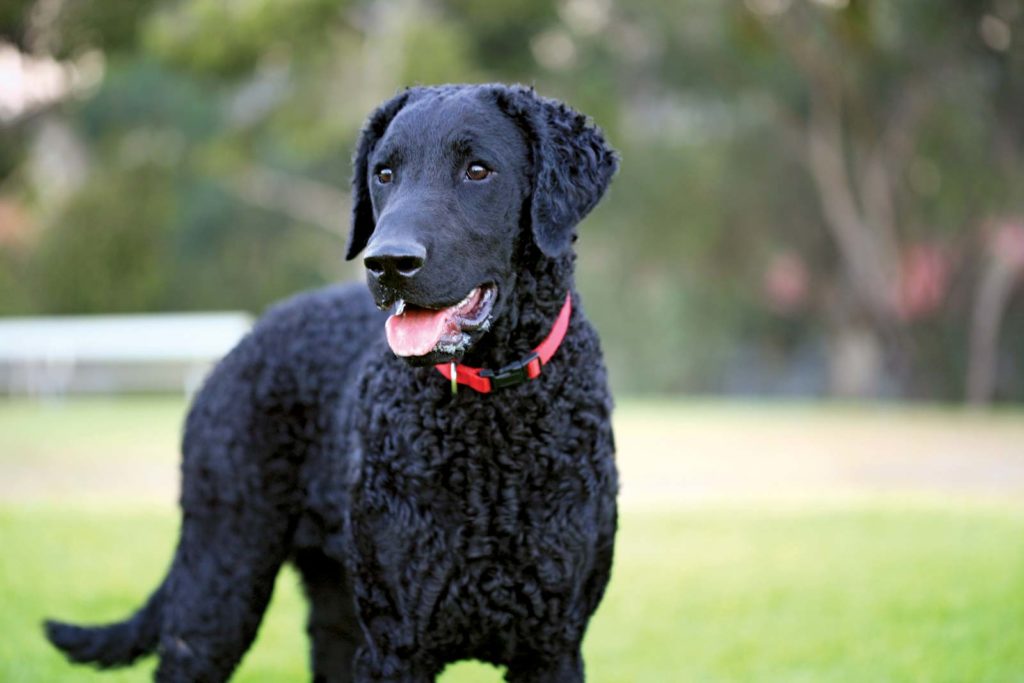
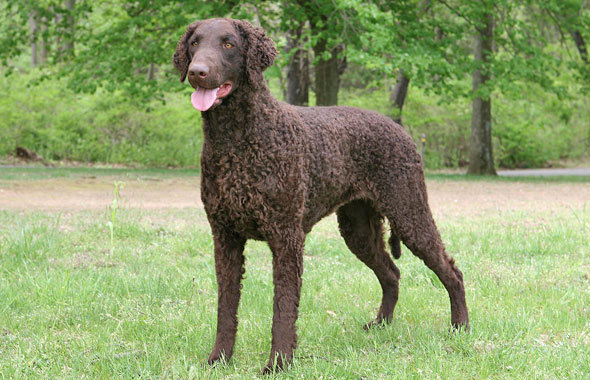
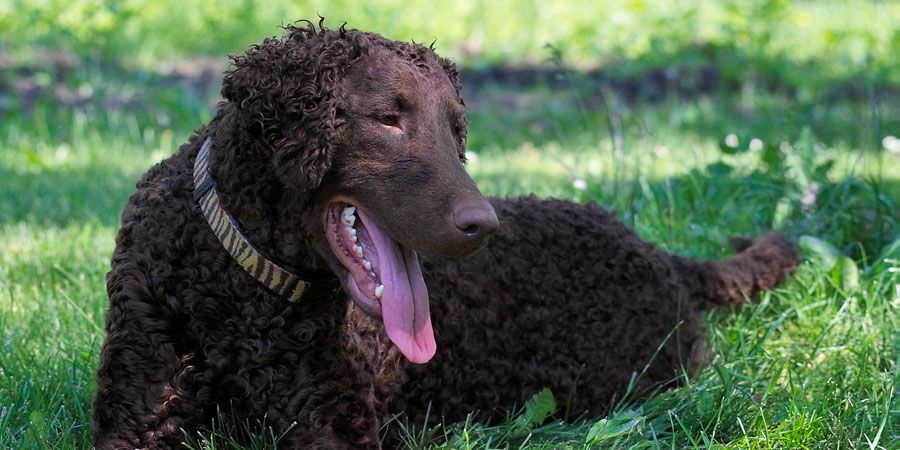
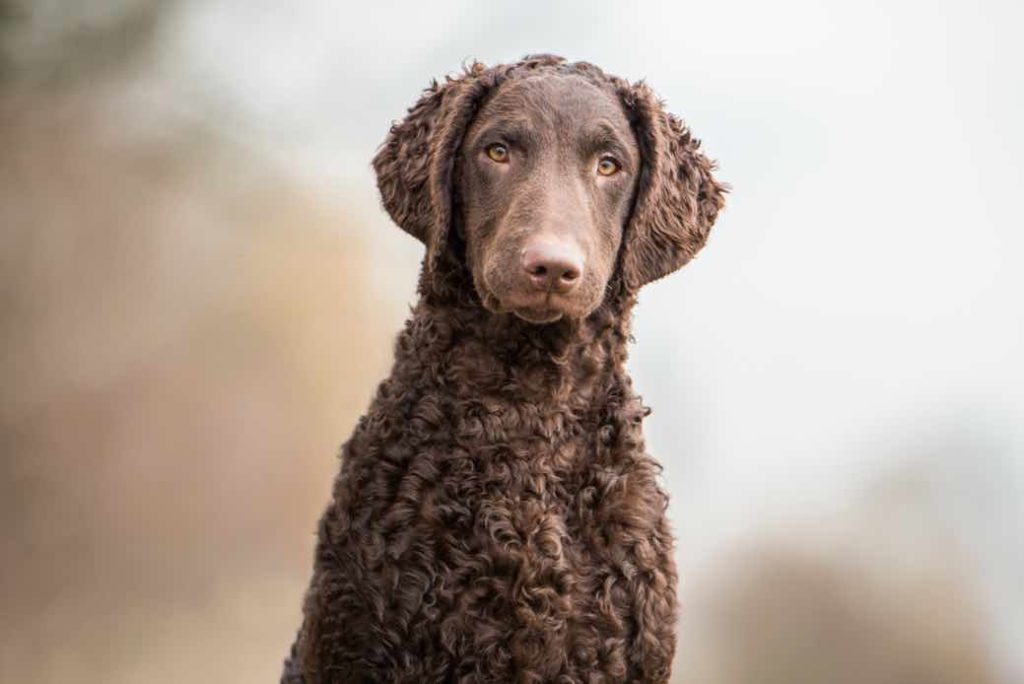
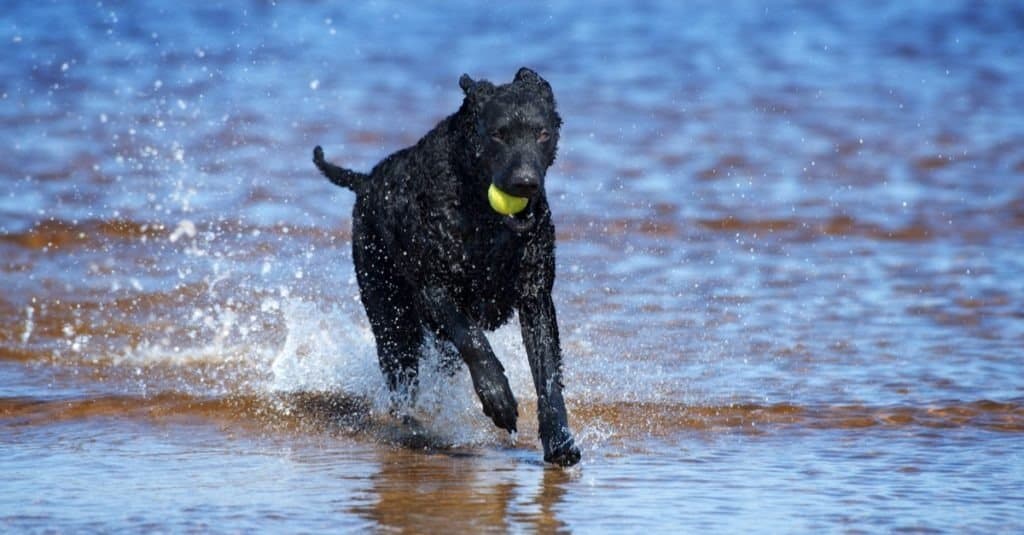
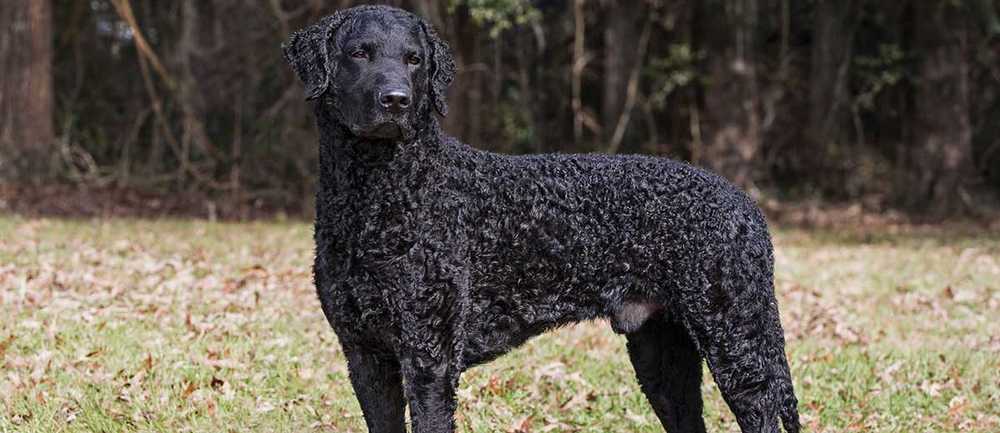
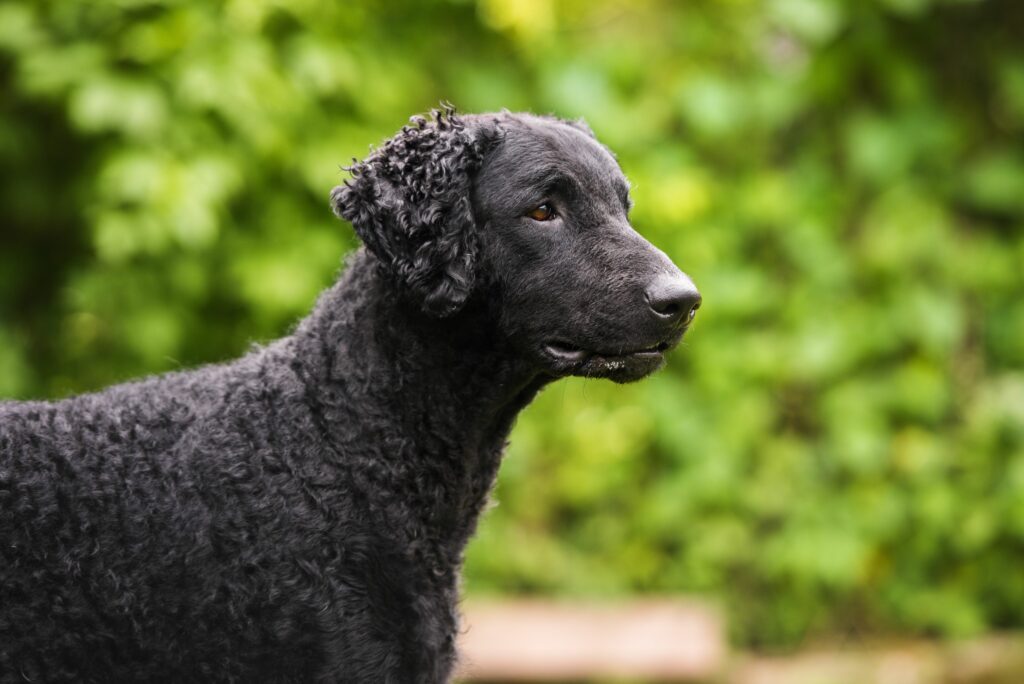
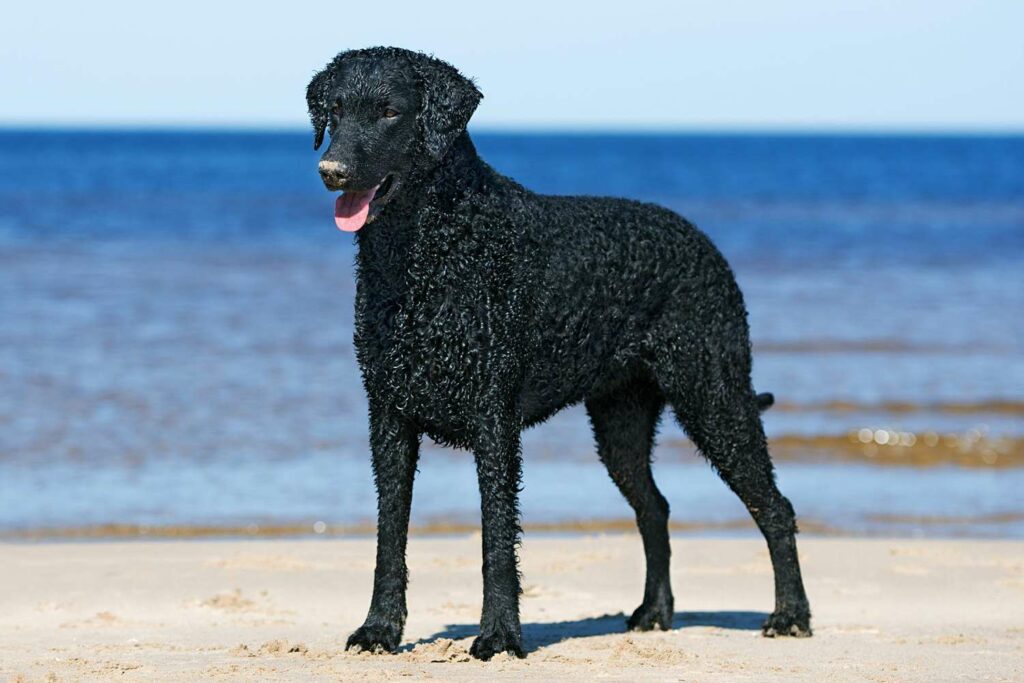
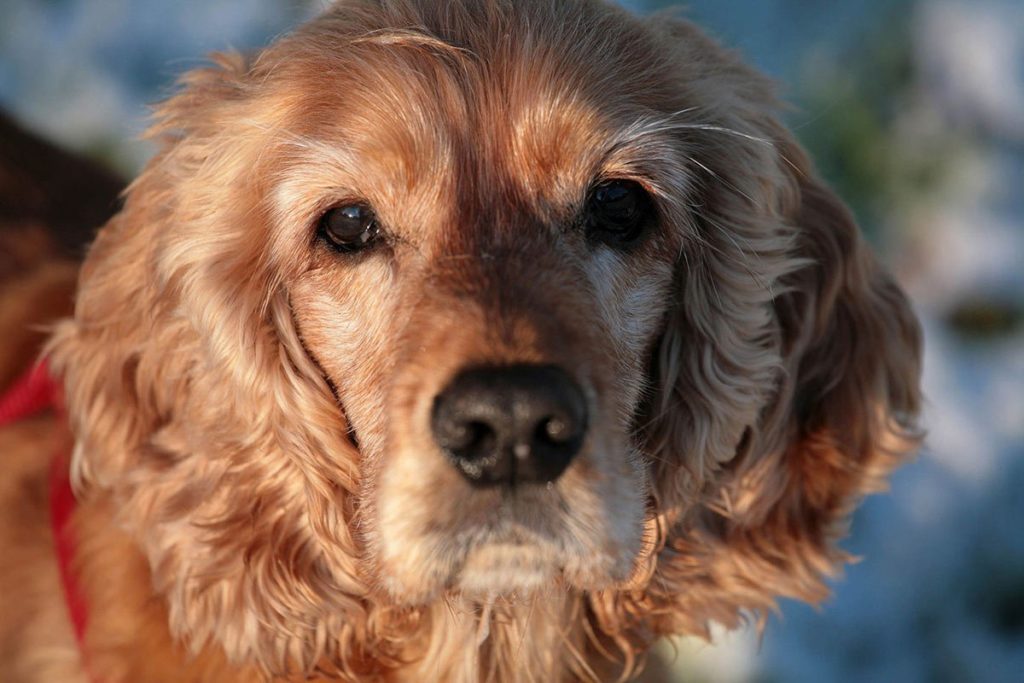
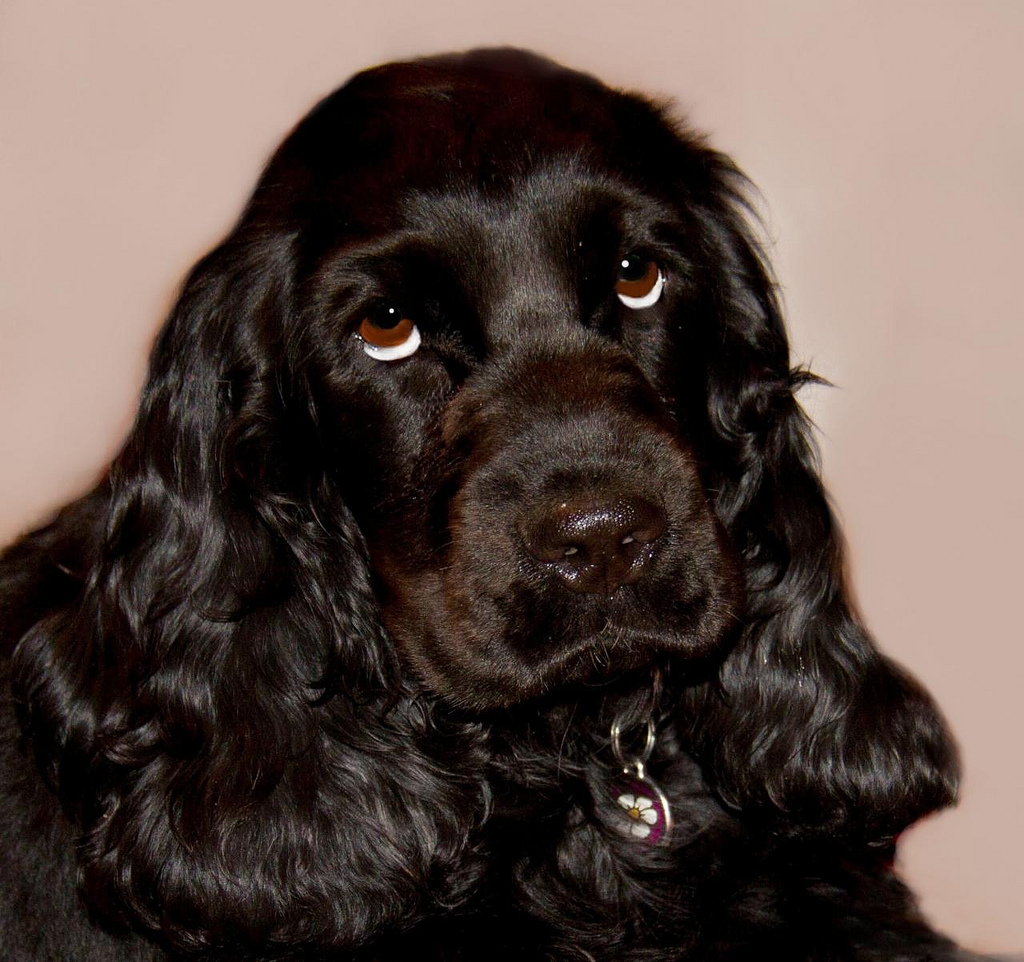
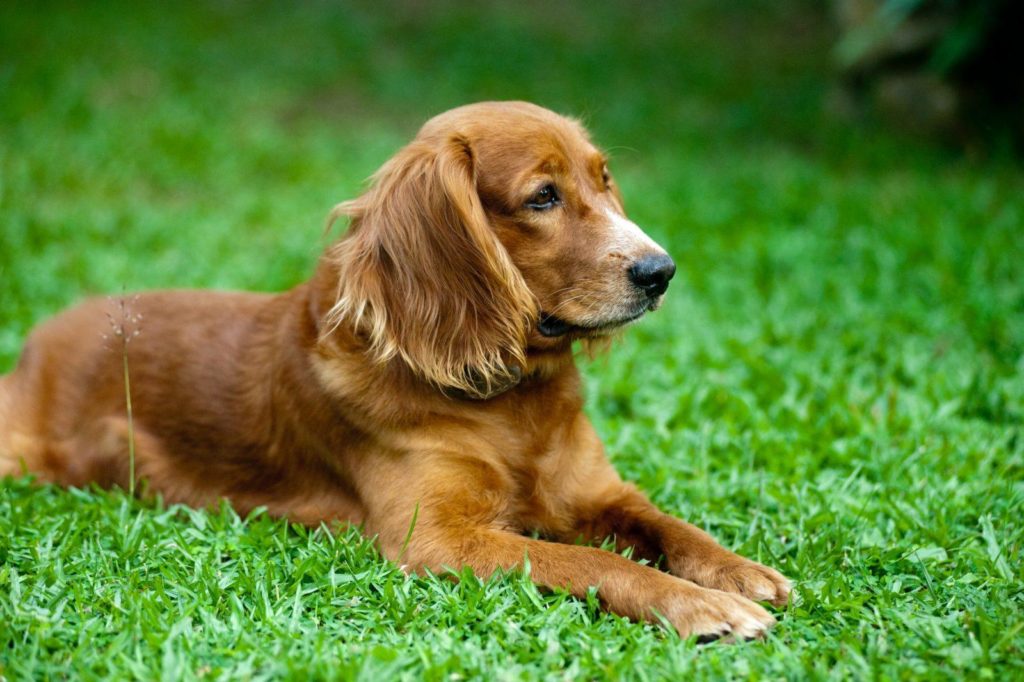
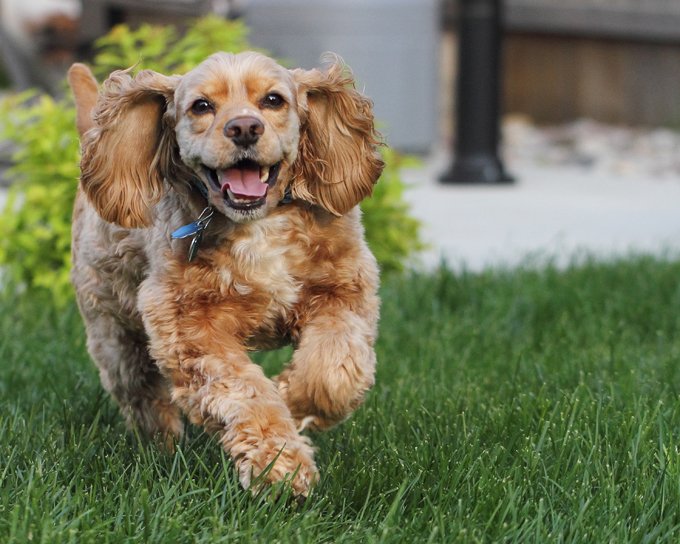
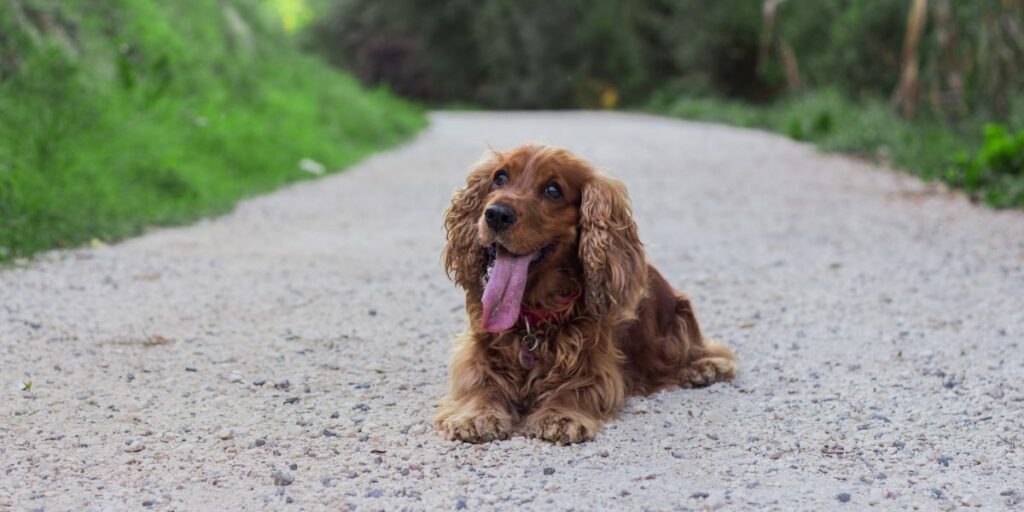 The formula typically includes a combination of high-quality proteins, carbohydrates, vitamins, and minerals to meet the nutritional requirements of Royal Canin Cocker Spaniel dog food.
The formula typically includes a combination of high-quality proteins, carbohydrates, vitamins, and minerals to meet the nutritional requirements of Royal Canin Cocker Spaniel dog food.